Medical & Health Sciences
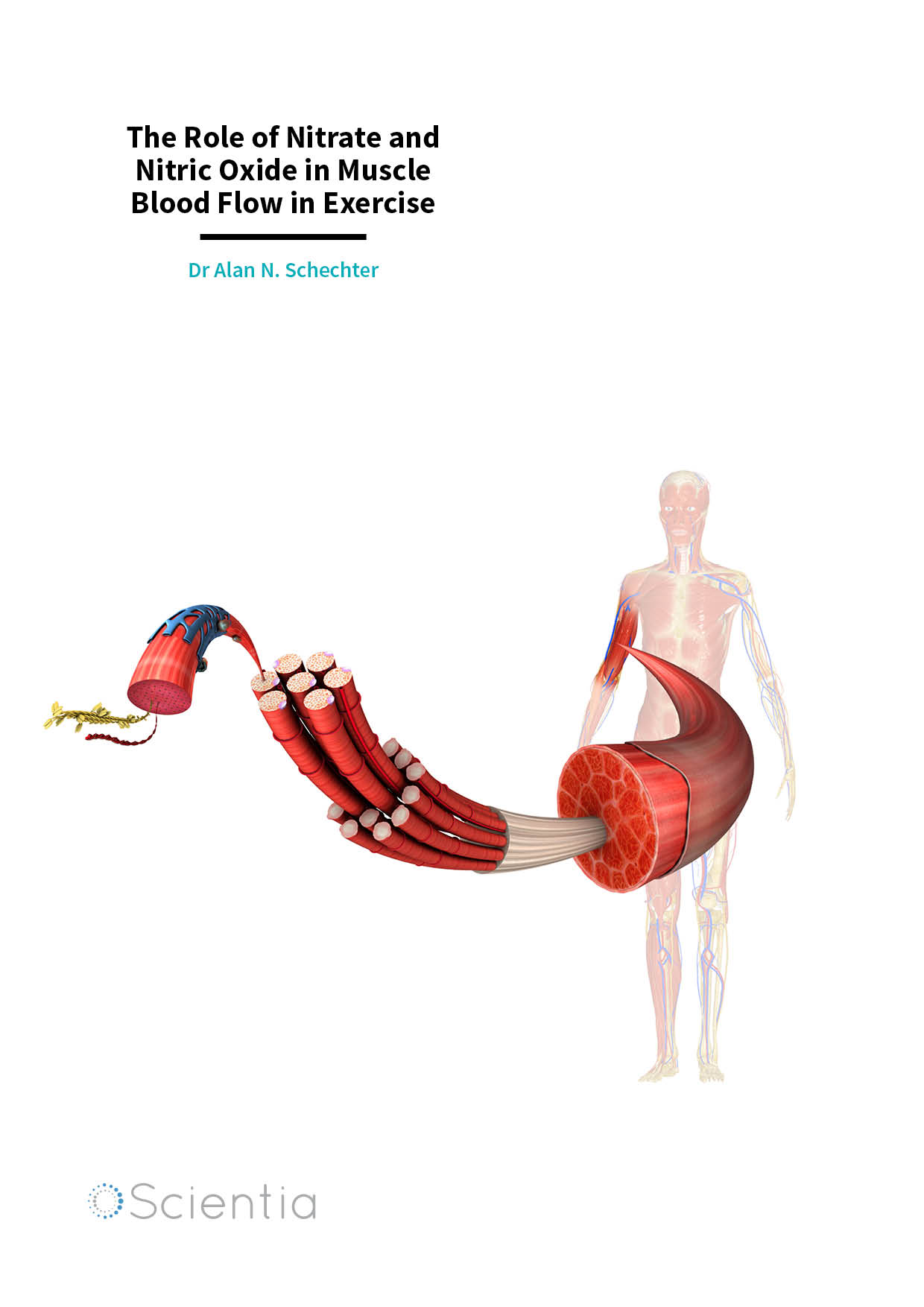
Dr Alan N. Schechter – The Role of Nitrate and Nitric Oxide in Muscle Blood Flow in Exercise
Nitric oxide is an ‘A-list’ celebrity amongst chemical compounds. Proclaimed ‘molecule of the year’ in 1992 by the American Association for the Advancement of Science, its physiological importance, discovered in 1985, was recognised in 1998 by the award of a Nobel prize to some of the researchers who had discovered its vital role in regulating blood vessels and blood pressure. Here we look at the pre-eminent work of Dr Alan N. Schechter at the National Institutes of Health in Bethesda, Maryland, USA, that is continuing to keep nitric oxide at the front and centre of groundbreaking biological research.
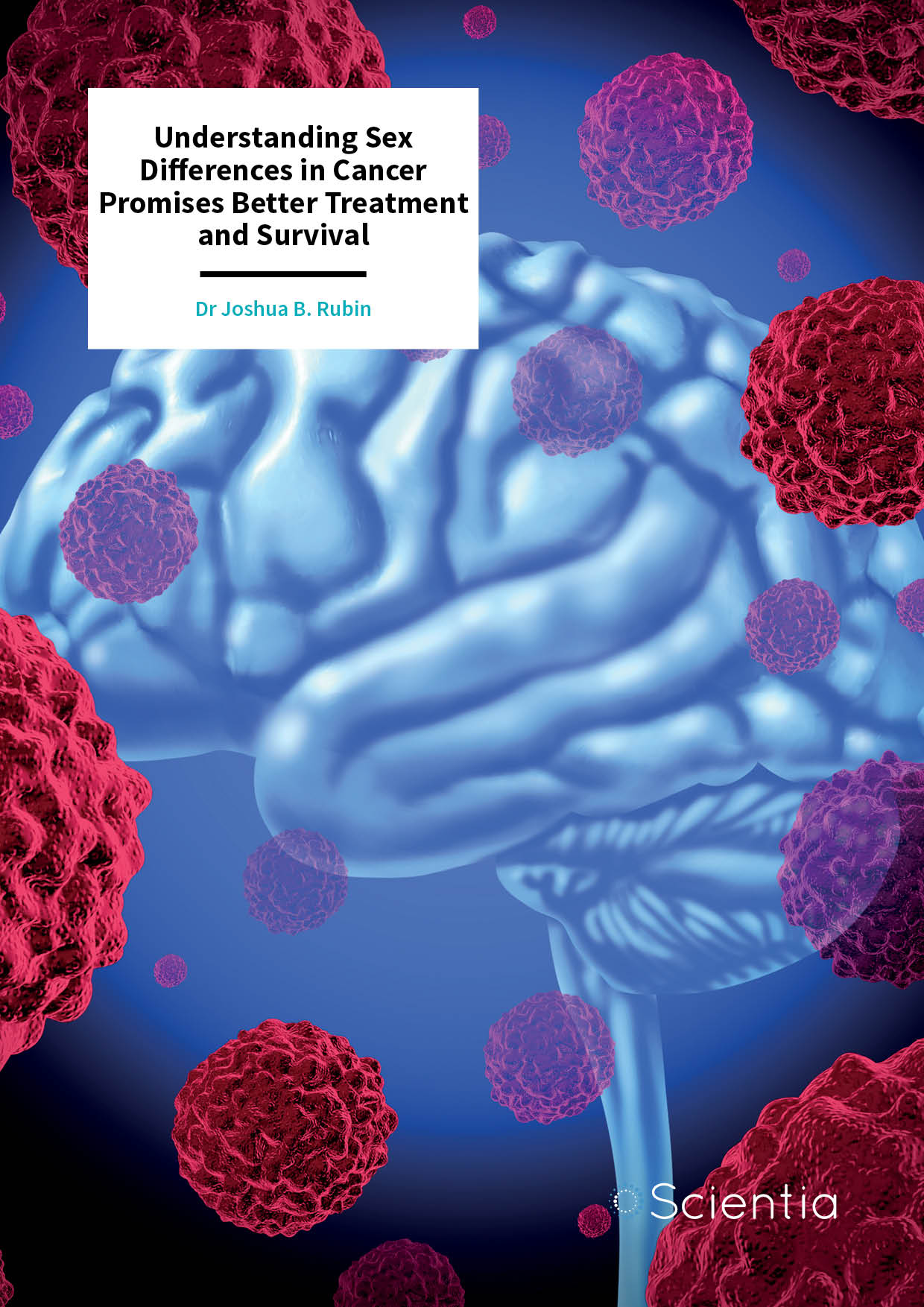
Dr Josh Rubin – Understanding Sex Differences in Cancer Promises Better Treatment and Survival
Differences in the prevalence and survival of male and female cancer patients have long been acknowledged but not well understood. Dr Josh Rubin (Departments of Paediatrics and Neuroscience at Washington University) and his collaborators have been the first to identify sex-specific differences in malignant transformation. This evidence will help to optimise sex-specific approaches to cancer treatment and contribute to the improvement of the outcomes and survival of cancer patients.

Neuroscience Ireland
Neuroscience Ireland (NI) was established in 2005 as Ireland’s National Neuroscience Society, and is a registered charity in the Republic of Ireland. NI has a membership in the region of 200 scientists and clinicians, and represents Ireland on the Governing Council of the Federation of European Neuroscience Societies. In this exclusive interview, we speak with Professor Áine Kelly, President of NI, to hear about their vital work driving forward excellence in neuroscience in Ireland and internationally.
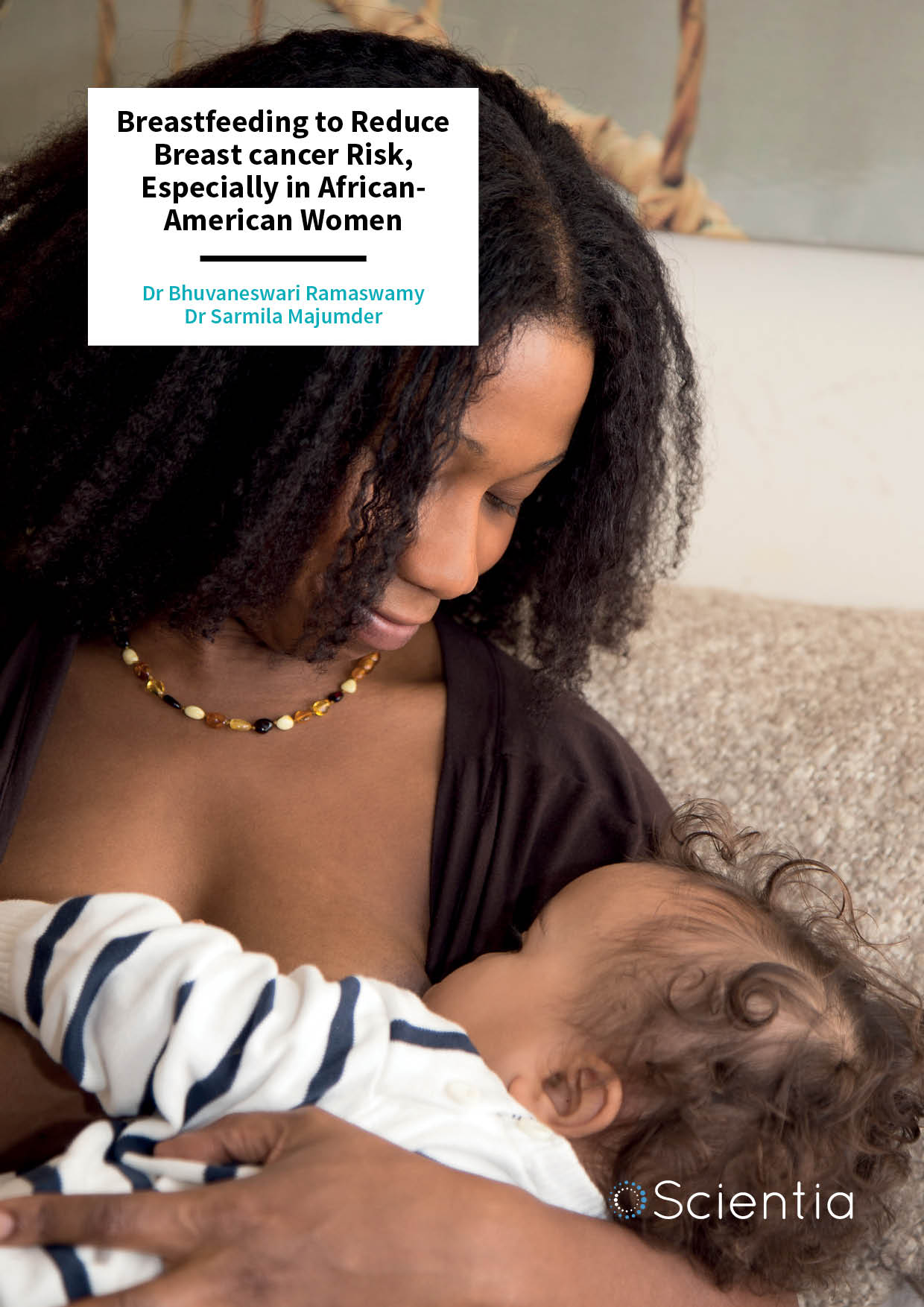
Dr Bhuvaneswari Ramaswamy | Dr Sarmila Majumder – Breastfeeding to Reduce Breast cancer Risk, Especially in African-American Women
Breastfeeding is widely accepted as being the best option for babies’ health and development. Dr Bhuvaneswari Ramaswamy, working with Dr Sarmila Majumder at Ohio State University Comprehensive Cancer Centre, USA, notes that breastfeeding also has long-term benefits for mothers, particularly in reducing their future breast cancer risk. Here, we explore their work to understand the connection between breastfeeding and cancer and how to reduce the risks for a particularly vulnerable population.
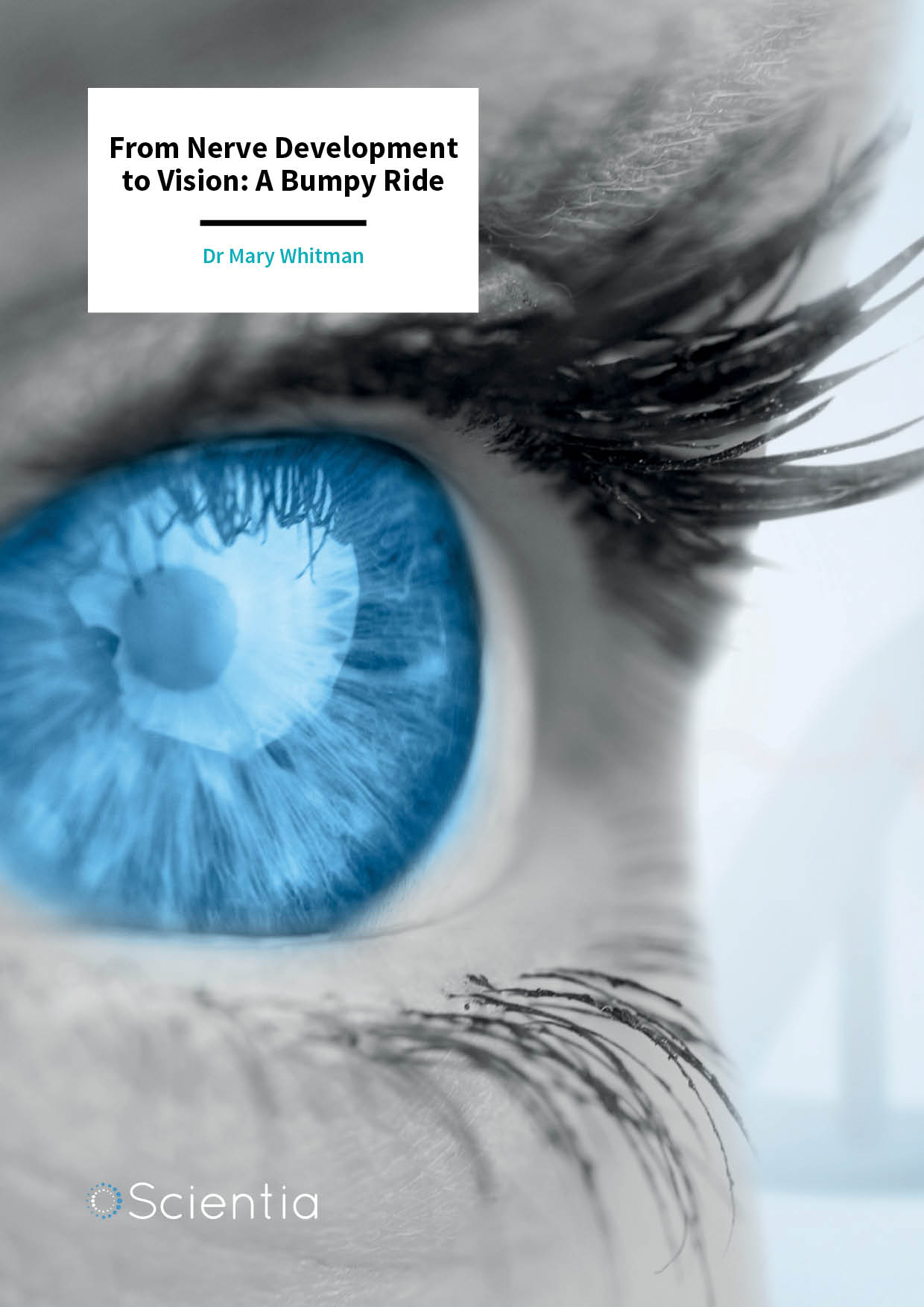
Dr Mary Whitman – From Nerve Development to Vision: A Bumpy Ride
The eye movement disorders strabismus (characterised by eye misalignment) and nystagmus (characterised by involuntary oscillation of the eyes) together affect up to 5% of the population and have a detrimental impact on vision. These disorders also impact on facial appearance and social interaction, which may, in turn, lead to psychological difficulties. Dr Mary Whitman, at the Boston Children’s Hospital, USA, is working to understand the genetic causes and neurological mechanisms underlying eye movement disorders to improve treatment and, ultimately, prevent their onset.

Dr Bertrand Lebouche – Empowering People Living with Human Immunodeficiency Virus and Other Patients Using mHealth
The healthcare system can sometimes be puzzling, and even unwelcoming, for people with chronic, complex, or multiple conditions. Many must spend long hours in waiting rooms, try to make sense of complicated scientific information, and book and attend multiple clinic appointments with clinicians from different specialities. Remaining up to date on patients’ health data can be a challenge for healthcare professionals as well. Here, we present the critical work of Dr Bertrand Lebouché and his team at the McGill University Health Centre, who are seeking solutions in smartphone-based applications relevant to both patients and healthcare professionals.
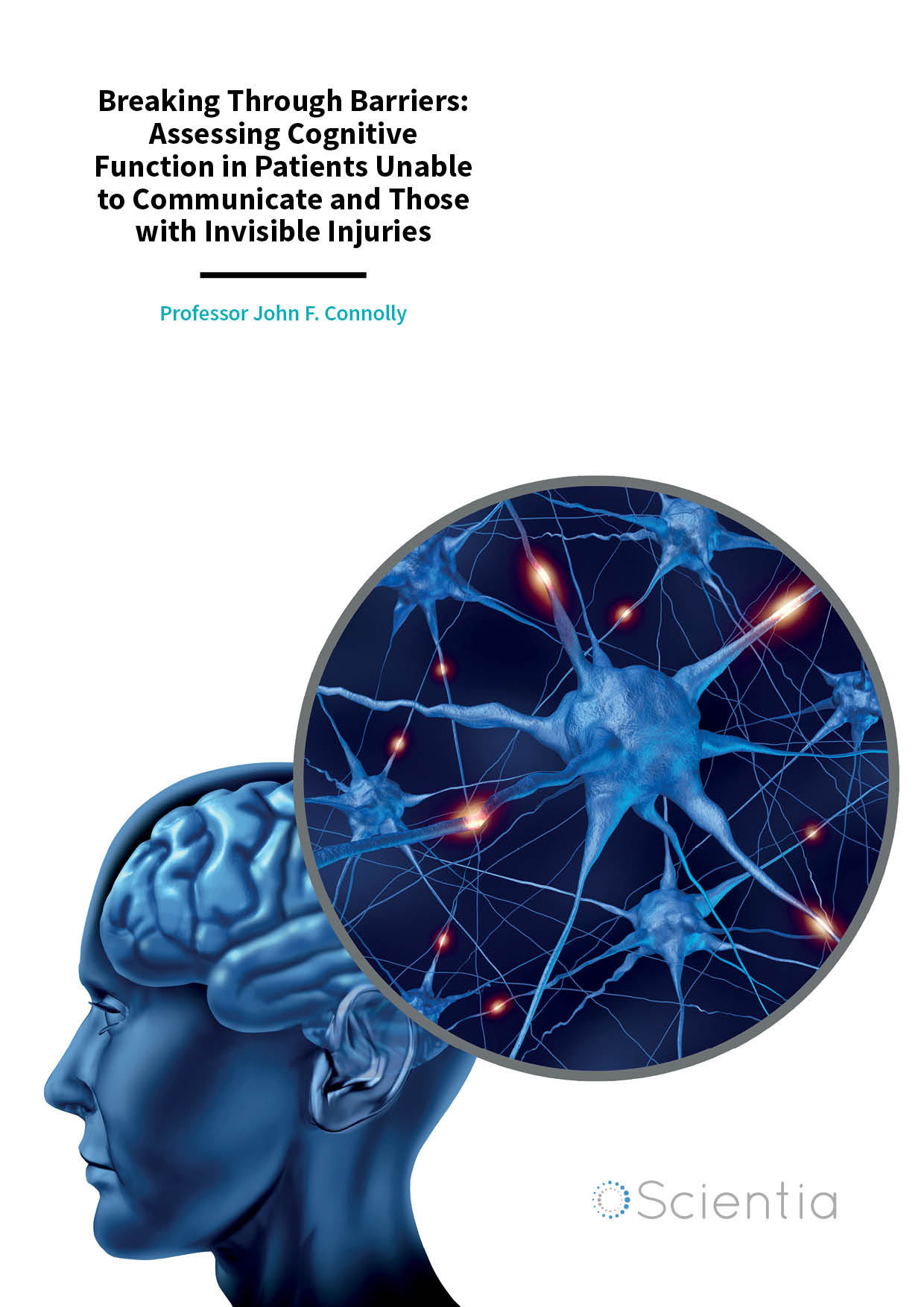
Professor John F. Connolly – Breaking Through Barriers: Assessing Cognitive Function in Patients Unable to Communicate and Those with Invisible Injuries
When assessing an individual’s cognitive functioning (such as memory and sense of orientation to the environment) traditional strategies have relied on verbal and behavioural responses. But how can this be achieved if a patient is unable to communicate in this way due to impairment arising, for example, from brain injury? Professor John F. Connolly, Director of the ARiEAL Research Centre at McMaster University, Canada, and Co-Founder and Chief Science Officer at VoxNeuro, has developed an innovative neurotechnology to assess cognitive functioning in individuals that does not rely on verbal or behavioural responses.
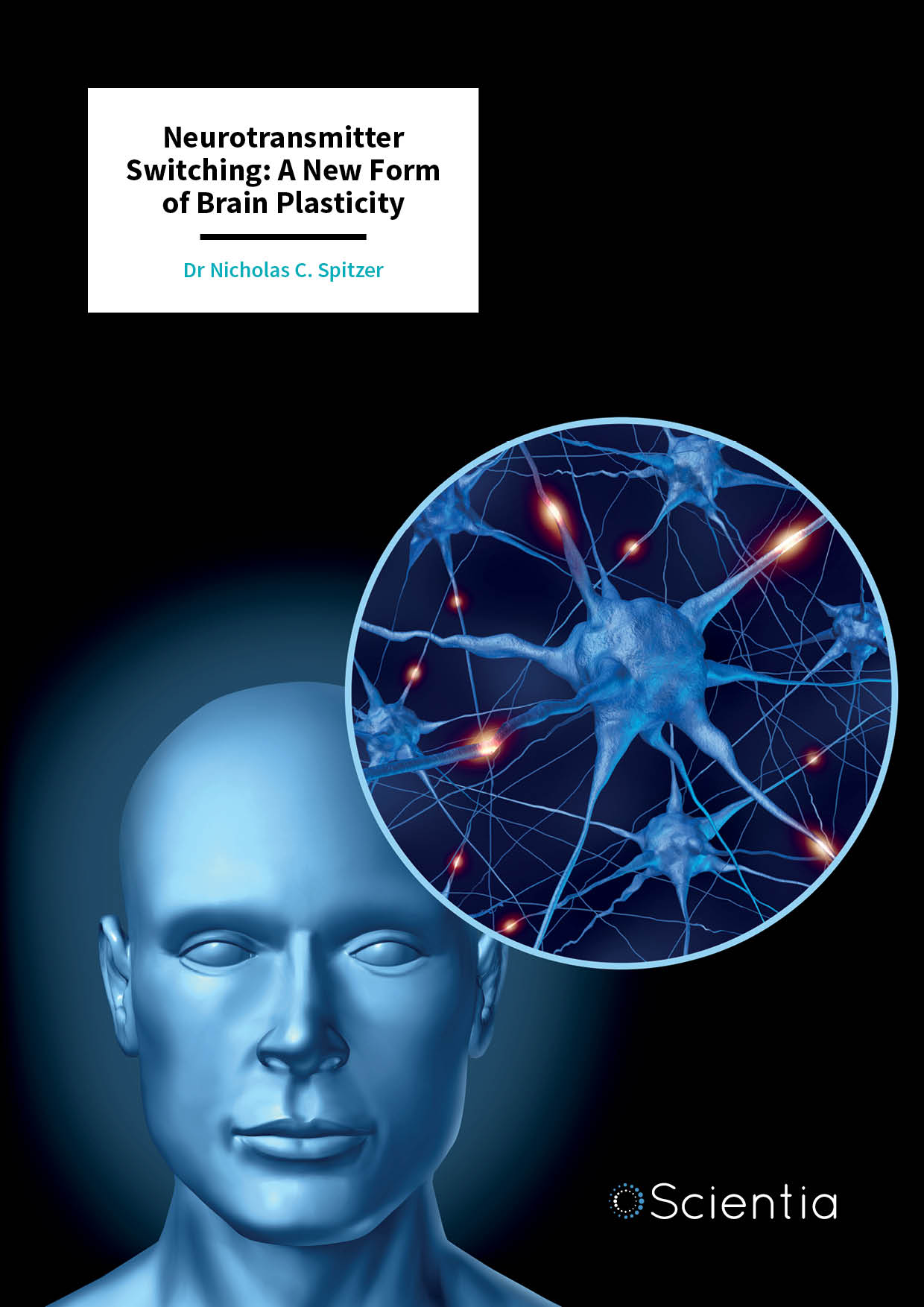
Dr Nicholas Spitzer – Neurotransmitter Switching: A New Form of Brain Plasticity
The discovery that the brain can change and reorganise itself revolutionised our understanding of neuroscience. Termed neuroplasticity, the field has seen an explosion of interest. An exciting form of plasticity has now been identified, in which neurons change their chemical communicator in response to environmental stimuli. Dr Nicholas Spitzer of the University of California, San Diego and his colleagues are looking to understand what causes this, what the effects are, and whether we can harness this exciting new facet of neurobiology to develop novel therapeutics for neurologic and psychiatric disorders.
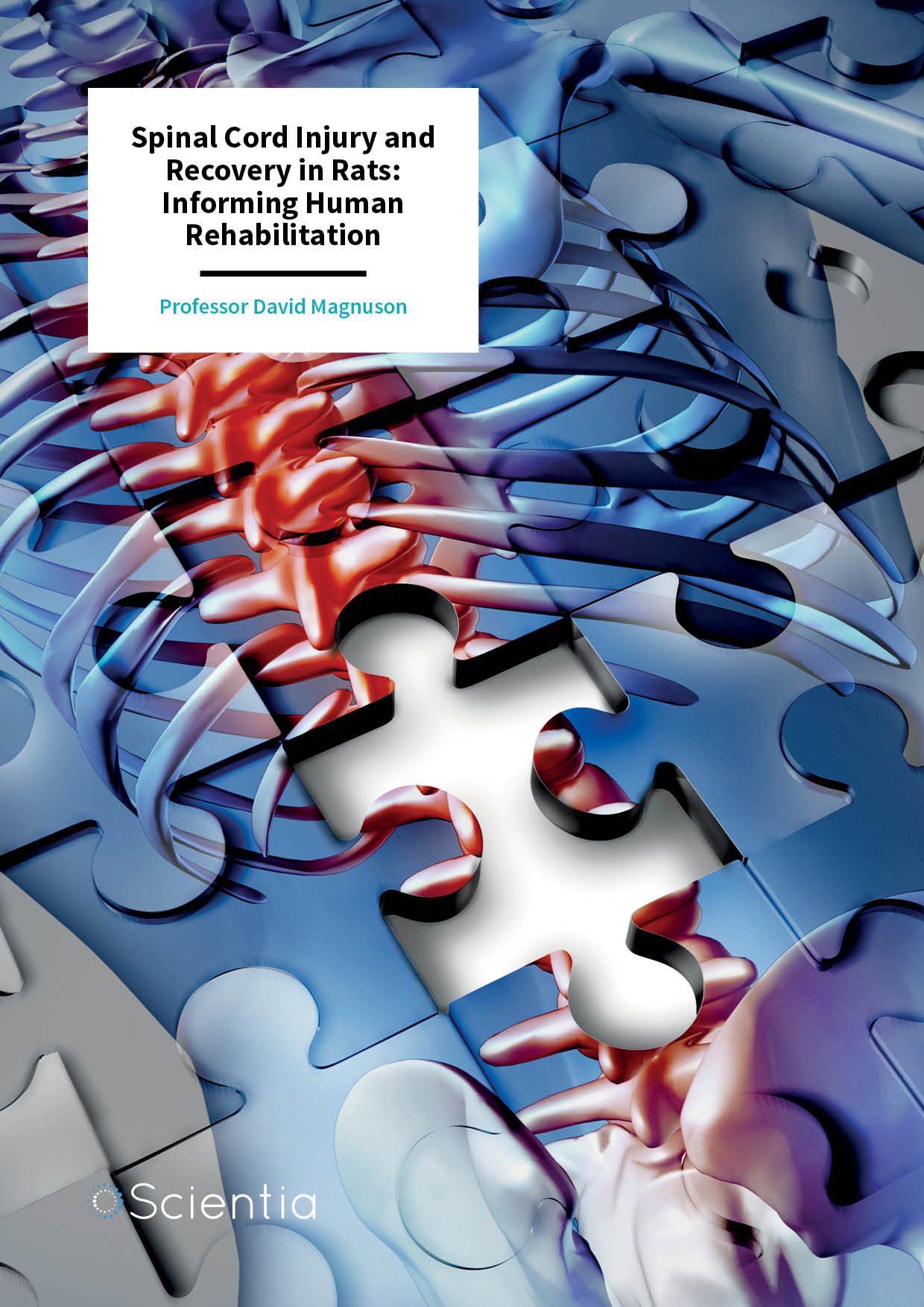
Professor David Magnuson – Spinal Cord Injury and Recovery in Rats: Informing Human Rehabilitation
Professor David Magnuson, at the University of Louisville, Kentucky, describes himself as ‘a CPG guy’ and occasionally, more informally as ‘a rat guy!’ His work on the function of the central pattern generator (CPG) in the rat spinal cord following spinal cord injury, has produced both surprising and thought-provoking results. This research may ultimately challenge the established clinical beliefs and practices around the ways to best rehabilitate human patients with severe spinal cord injury.
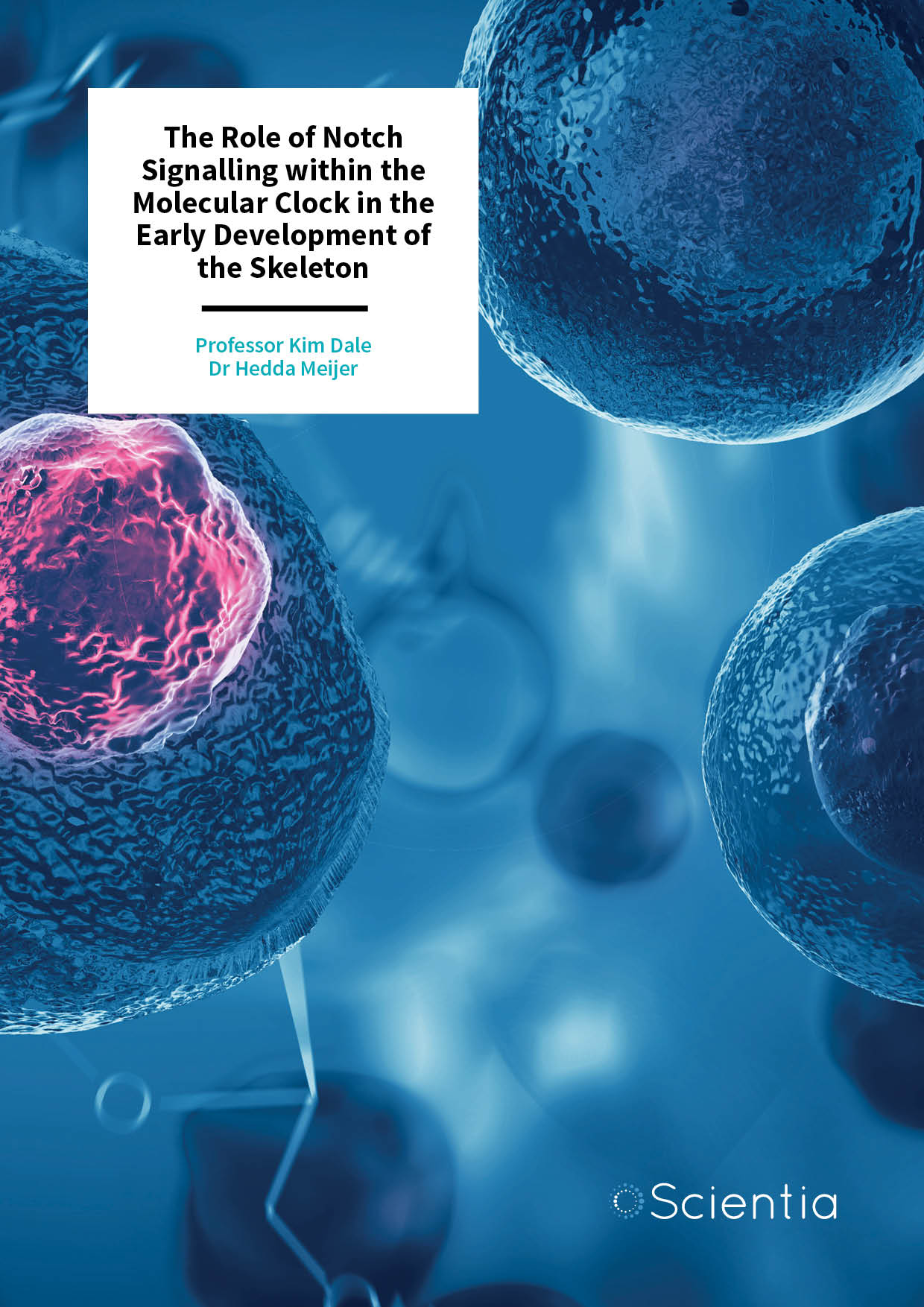
Professor Kim Dale | Dr Hedda Meijer – The Role of Notch Signalling within the Molecular Clock in the Early Development of the Skeleton
Cells possess the ability to interact with one another through complex signalling pathways. Different signals regulate how cells differentiate, undergoing modifications that ultimately allow them to adopt different cell fates and perform specific functions. The laboratory of Professor Kim Dale from the University of Dundee, Scotland, has made seminal contributions to our understanding of how the Notch signalling pathway controls the formation of tissues and organs in the earliest stages of development. Their important research has unveiled new insights into the molecular basis of Notch signalling in the context of normal development which will further our understanding of the molecular basis of developmental disorders and a multitude of diseases correlated with aberrant Notch signalling.
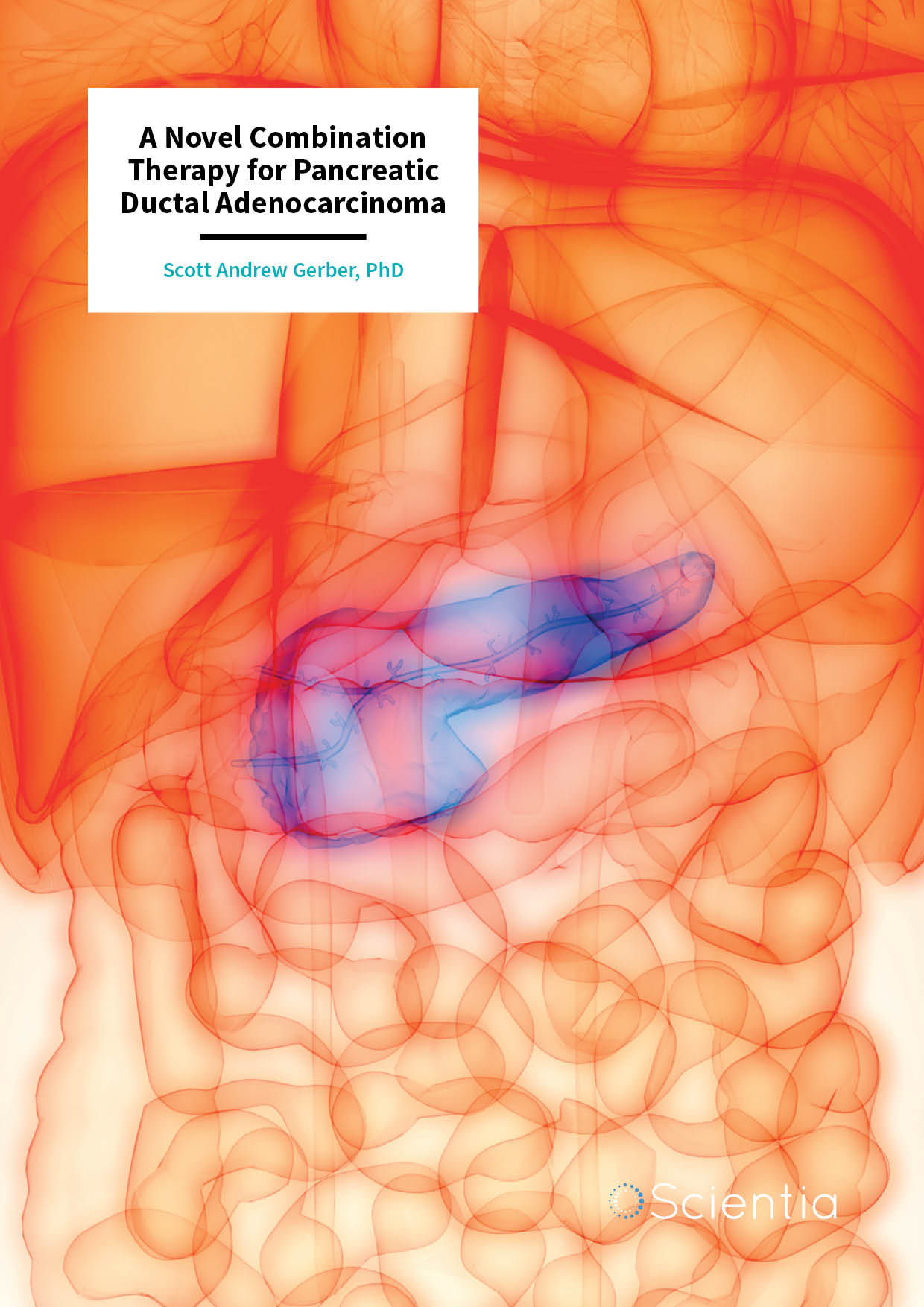
Dr Scott Gerber – A Novel Combination Therapy for Pancreatic Ductal Adenocarcinoma
Pancreatic ductal adenocarcinoma (PDA) is an aggressive type of cancer. It is relatively common and is one of the leading causes of cancer mortality. Unfortunately, it is often detected only in the late stage of the disease and fails to respond to pre-surgical approaches, such as chemotherapy or radiotherapy, that are needed to shrink the tumour mass before surgical removal. Dr Scott Gerber at the University of Rochester Medical Center, USA, is working with colleagues to develop a novel combined therapy to overcome this issue and increase the survival of PDA patients.
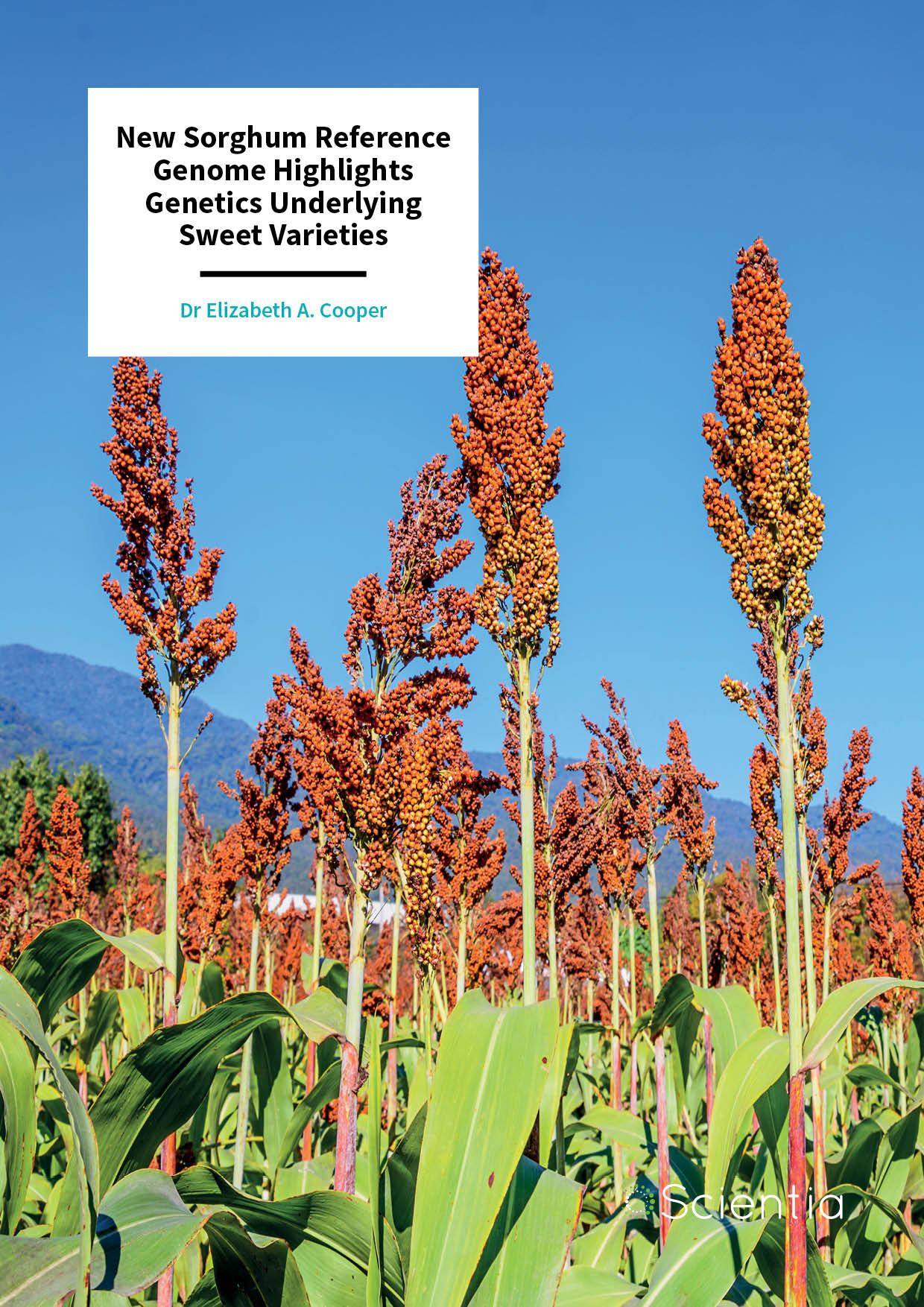
Dr Elizabeth A. Cooper – New Sorghum Reference Genome Highlights Genetics Underlying Sweet Varieties
Sorghum is a staple crop in many regions of the world. As such, this versatile plant has been selectively bred into a number of cultivars, including sweet varieties predominantly used for forage, silage, sweet syrup and bioenergy production. Dr Elizabeth A. Cooper and her team at the University of North Carolina at Charlotte generated a full reference genome for the sweet sorghum cultivar ‘Rio’ with the aim of understanding the genetics underlying the differences between grain and sweet cultivars. Their research could provide a vital tool for biologists and breeders to improve sweet sorghum lineages.
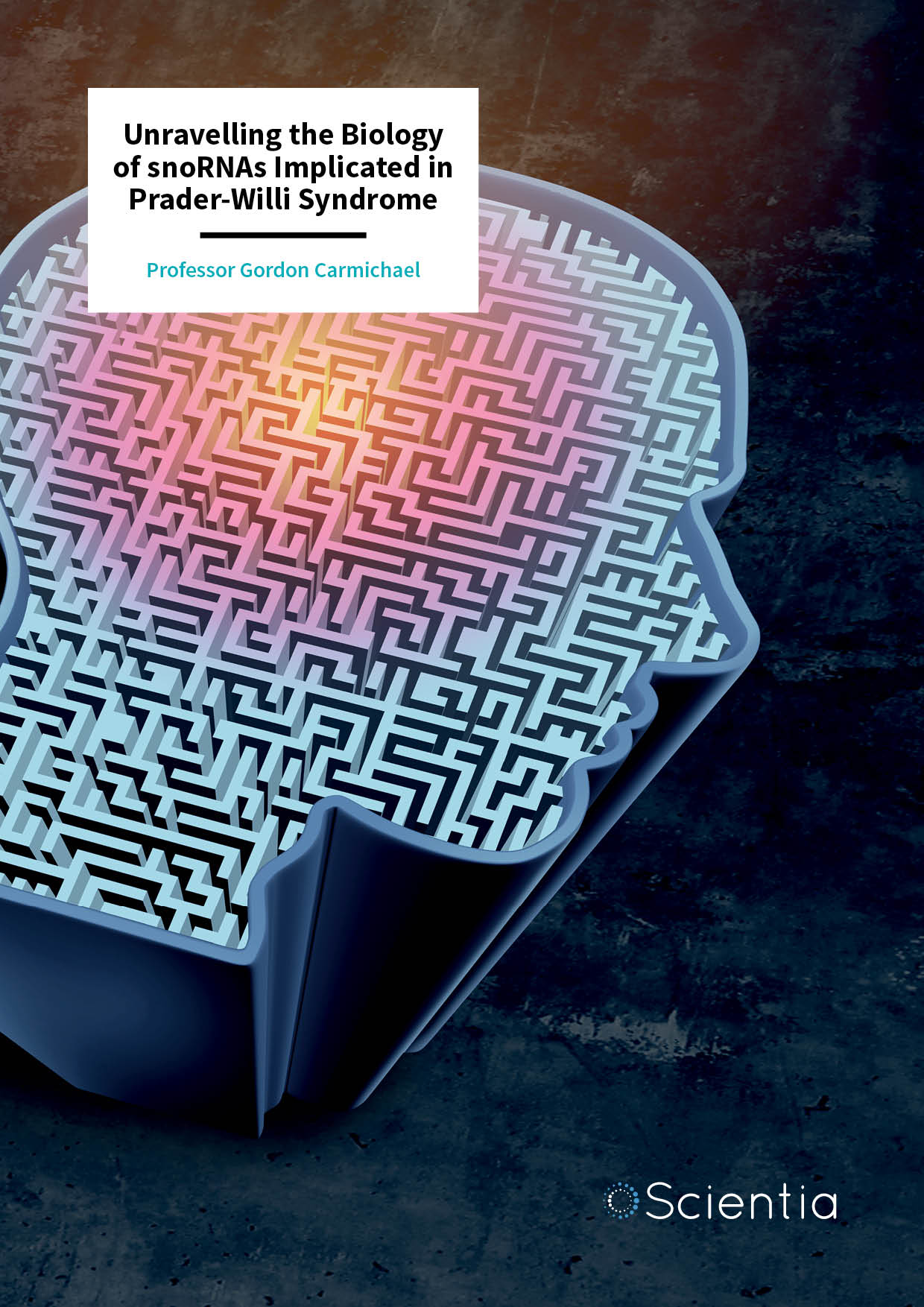
Professor Gordon Carmichael – Unravelling the Biology of snoRNAs Implicated in Prader-Willi Syndrome
Prader-Willi Syndrome is a rare genetic neurodevelopmental disorder that gives rise to a vast array of symptoms which affect the individual from birth. There is currently no cure for Prader-Willi Syndrome. Professor Gordon Carmichael and his team from the Department of Genetics and Genome Sciences at the University of Connecticut Health Centre, USA, believe it is crucial to understand the affected chromosome 15 region to unravel the pathogenesis of Prader-Willi Syndrome and his team are making significant strides towards achieving this goal.
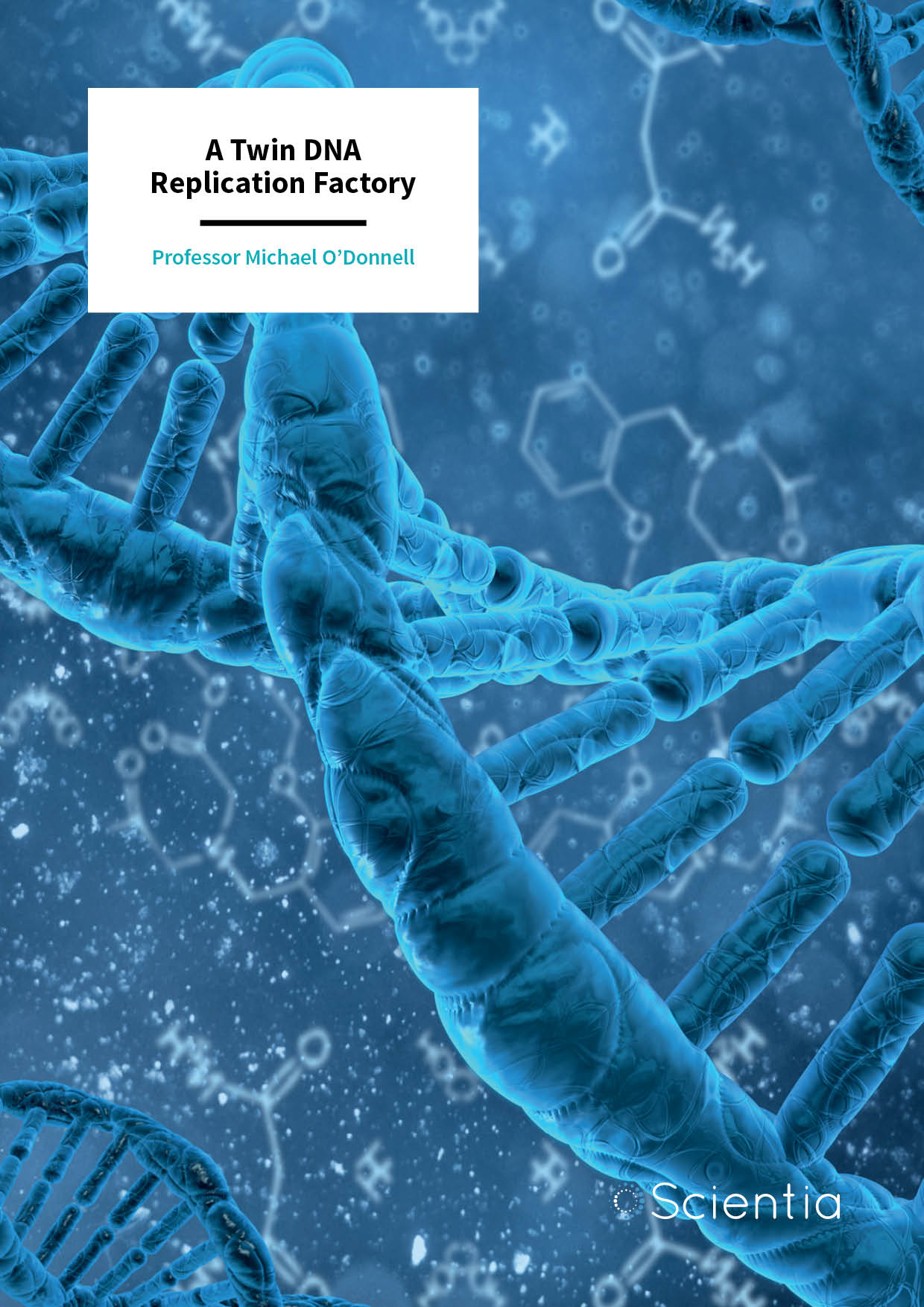
Professor Michael O’Donnell – A Twin DNA Replication Factory
For life on Earth to grow, its genetic material must be copied and reproduced in a process known as DNA replication. Professor Michael O’Donnell, head of the Rockefeller University’s DNA replication laboratory, has devoted his over 30-year career to the study of the protein complex that is responsible for just that – the replisome. Recently, Professor O’Donnell and his team uncovered exciting insights into the function of this remarkable piece of molecular machinery.
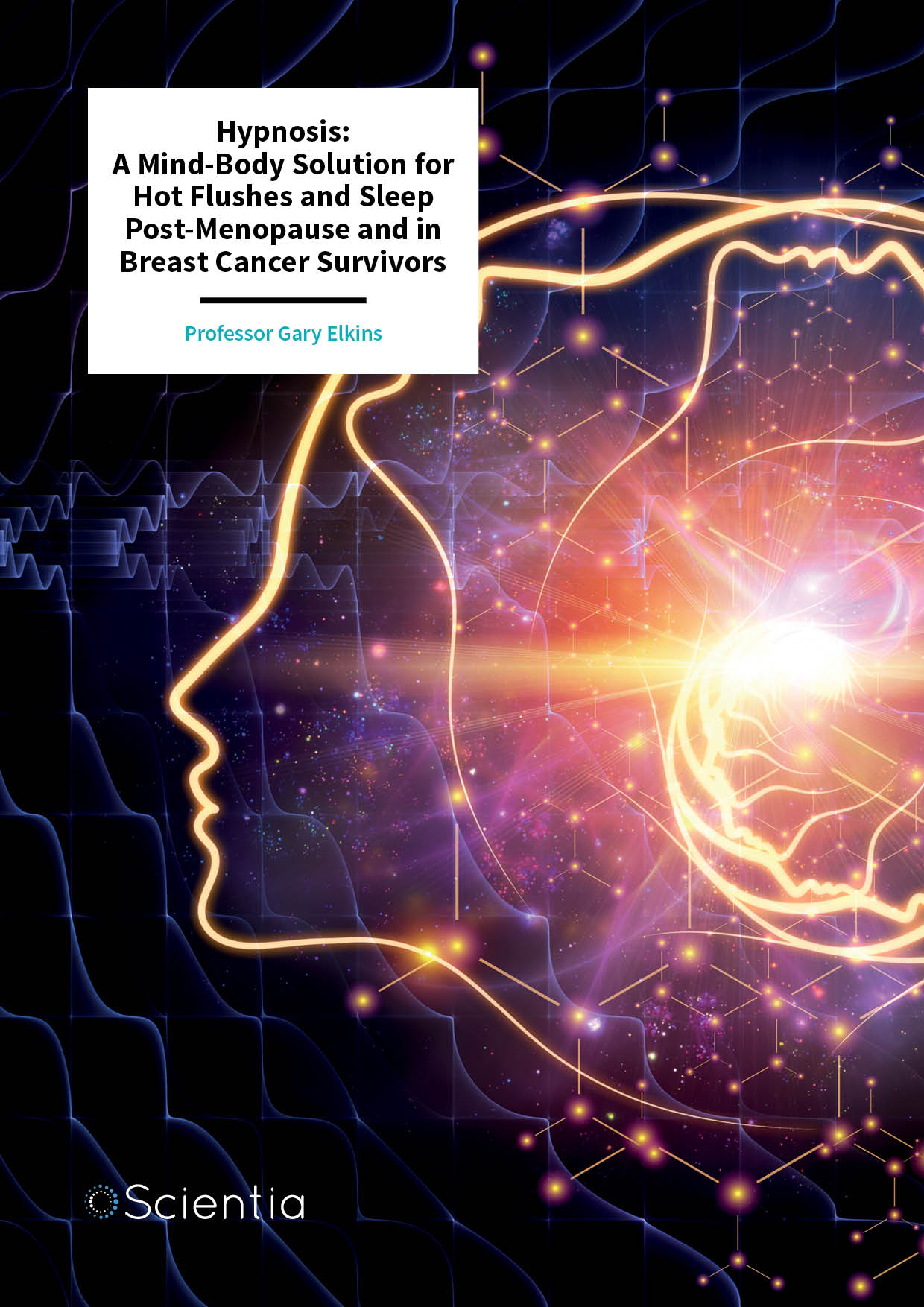
Professor Gary Elkins – Hypnosis: A Mind-Body Solution for Hot Flushes and Sleep Post-Menopause and in Breast Cancer Survivors
Professor Gary Elkins at Baylor University, Texas, is a leading expert on complementary and integrative medicine and clinical hypnotherapy. Here, we review his extensive contribution to science in the field of innovative mind-body interventions for symptoms associated with breast cancer and menopause (including the symptoms of hot flushes, sleep, anxiety, quality of life), and women’s health care in general.
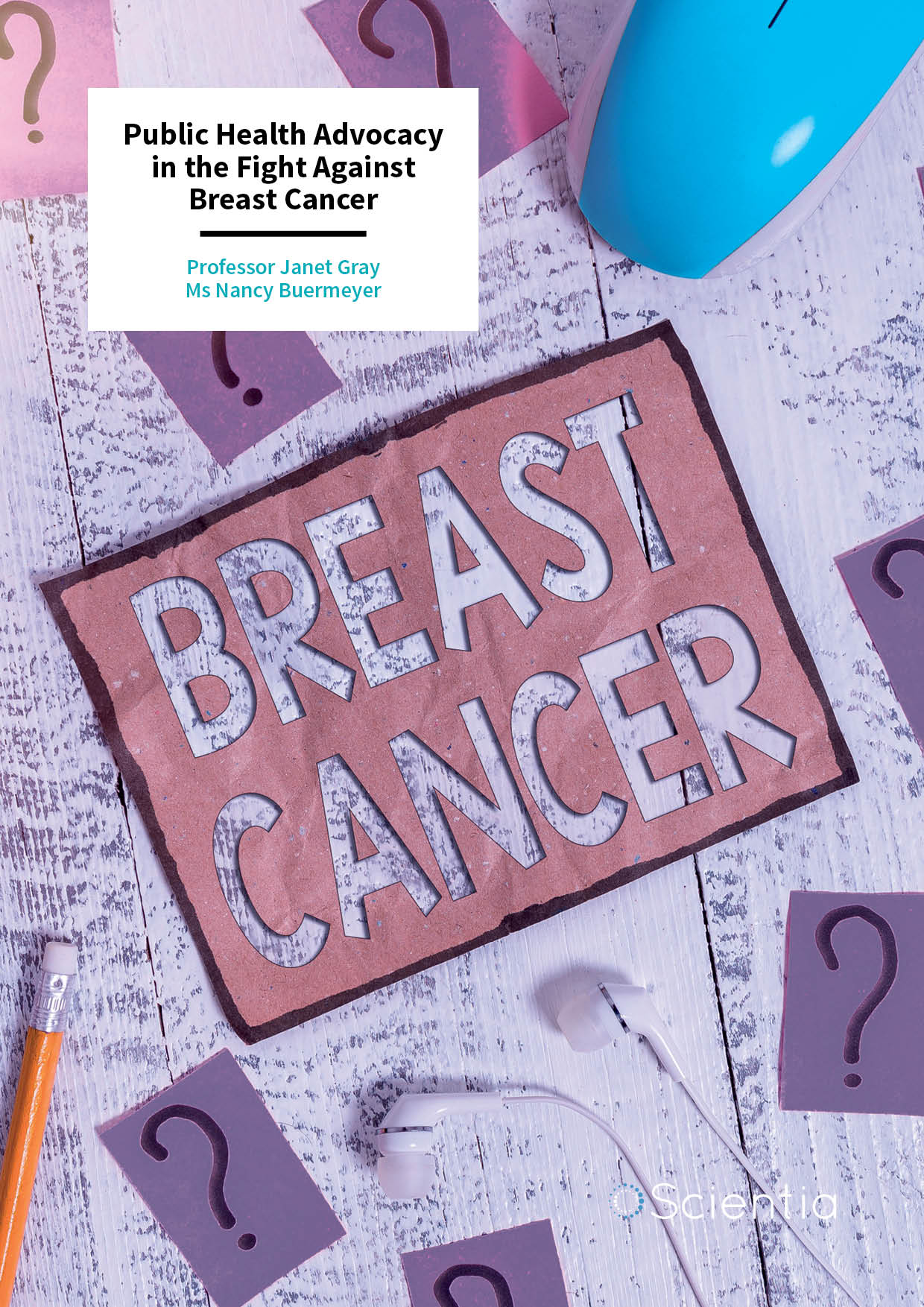
Professor Janet Gray | Nancy Buermeyer – Public Health Advocacy in the Fight Against Breast Cancer
Health advocacy is an often-overlooked part of the work of public health specialists, but in many ways, it can be argued to have the greatest long-term impact on the population’s health. Here we look at the impressive work of Professor Janet Gray (Vassar College) and Public Policy Strategist Ms Nancy Buermeyer, working with colleagues at Breast Cancer Prevention Partners, the leading USA science-based policy and advocacy organisation to focus on preventing breast cancer by eliminating exposure to toxic chemicals and radiation linked to the disease.
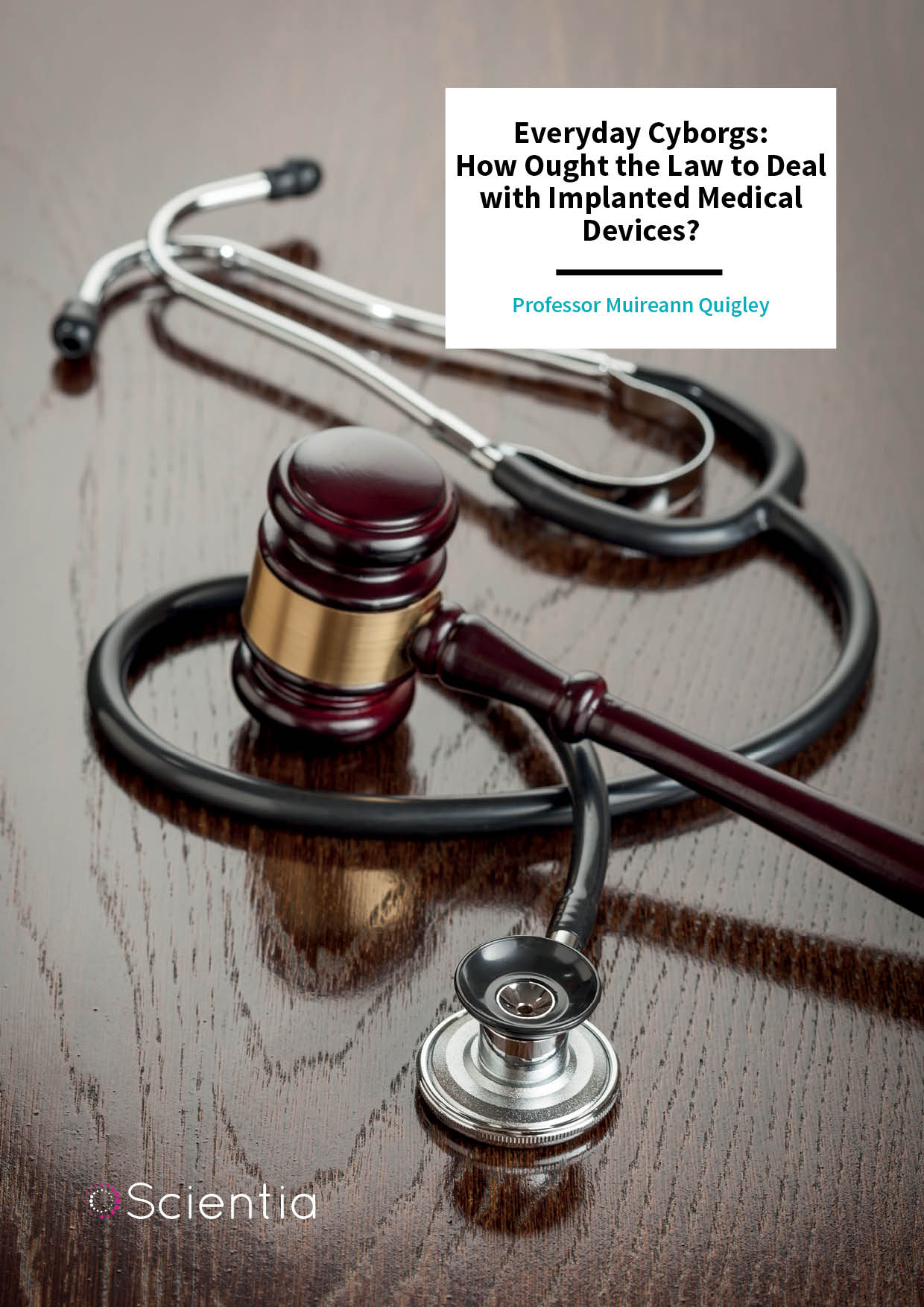
Professor Muireann Quigley – Everyday Cyborgs: How Ought the Law to Deal with Implanted Medical Devices?
Attached and implanted technologies are now part of everyday life for many millions of people. Yet as the capabilities of these devices have advanced rapidly in recent years, lawmakers have struggled to keep pace. Professor Muireann Quigley at the University of Birmingham believes that it is now more critical than ever that the law catches up with the technological and social change wrought by attached and implanted medical devices, especially ‘smart’ ones. Through the Everyday Cyborgs 2.0 and DIY Diabetes projects, she and her colleagues hope to bring law, regulation, and policy regarding these technologies into the 21st century.
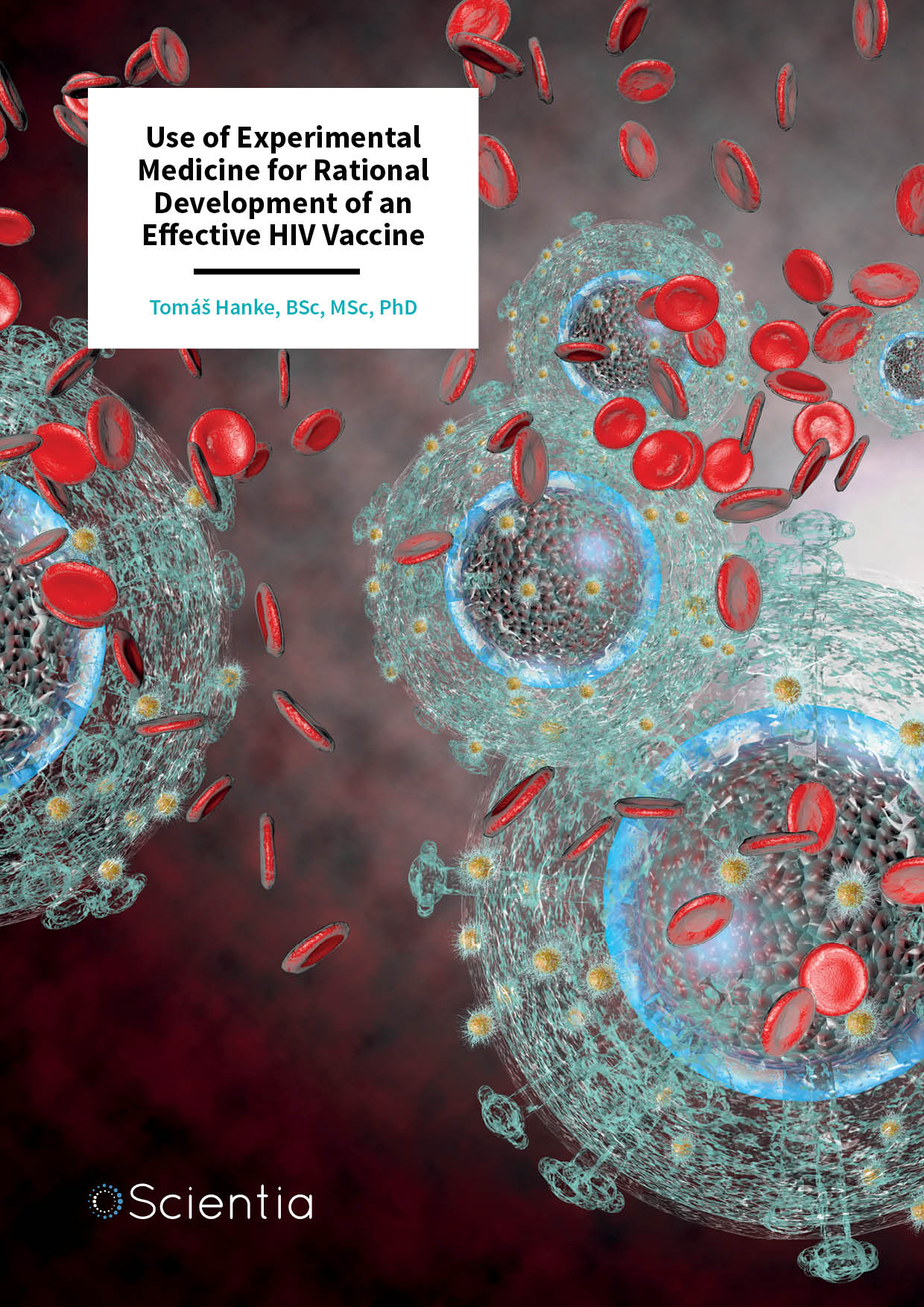
Professor Tomáš Hanke – Use of Experimental Medicine for Rational Development of an Effective HIV Vaccine
The UNAIDS estimates that 38 million people currently live with human immunodeficiency virus (HIV) infection. Combination antiretroviral treatment has had great success in saving lives but is also associated with numerous medical and public health challenges. Vaccination remains the best and most cost-effective option for controlling HIV infection across the world. Professor Tomáš Hanke jointly from the University of Oxford, UK, and Kumamoto University, Japan, designs vaccines and coordinates clinical programmes testing the most advanced vaccine candidates developed by his team in the UK, Europe, USA and Africa.
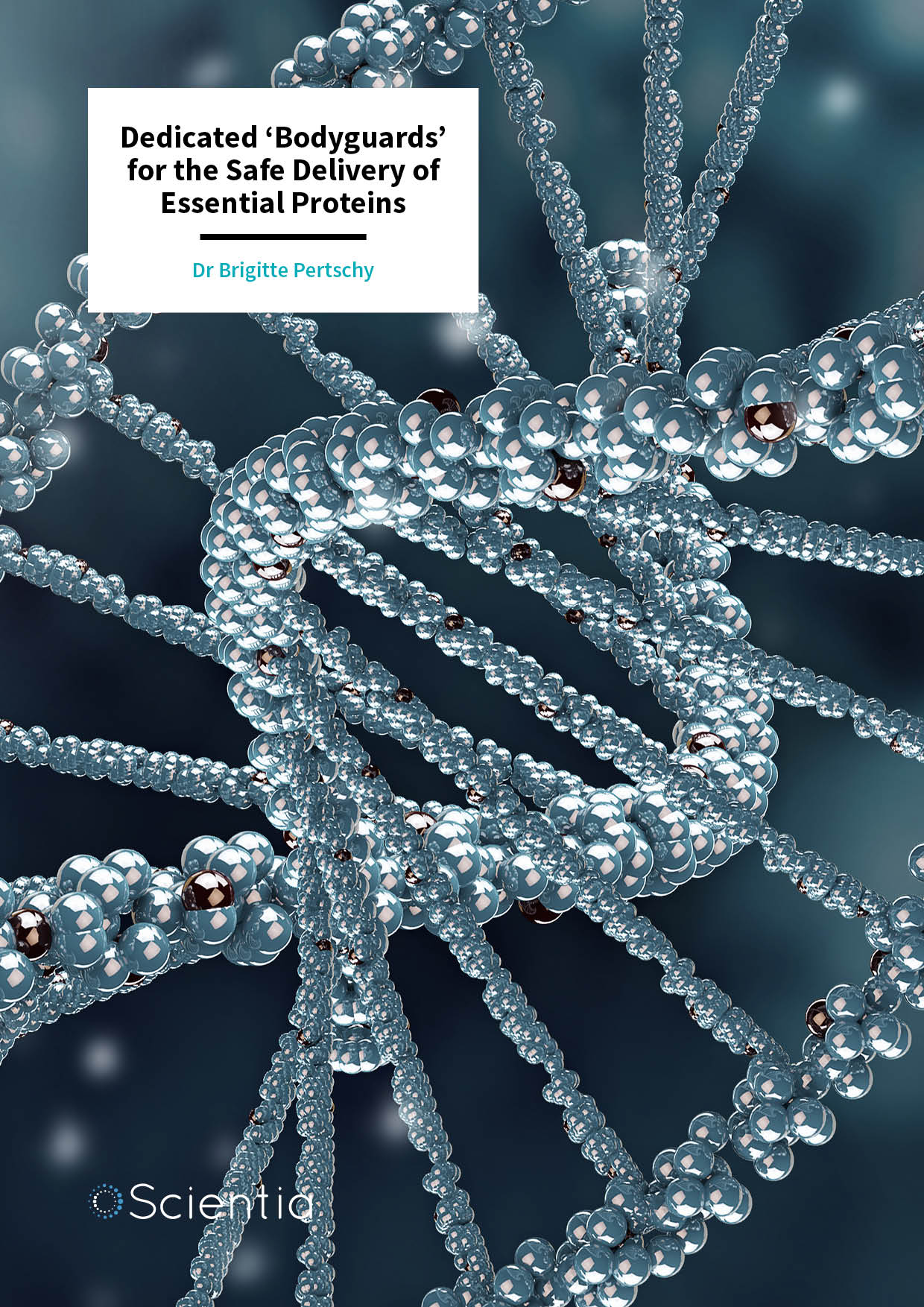
Dr Brigitte Pertschy – Dedicated ‘Bodyguards’ for the Safe Delivery of Essential Proteins
Ribosomes are undoubtedly one of the most essential cellular components in life. These macromolecules are responsible for the synthesis of proteins in all living cells. Dr Brigitte Pertschy, Dr Ingrid Rössler and Jutta Hafner at the Institute of Molecular Biosciences at the University of Graz, Austria, have discovered that the safe delivery of essential ribosomal proteins that make up the ribosomes is dependant on ‘private bodyguards’ or ‘chaperones’.
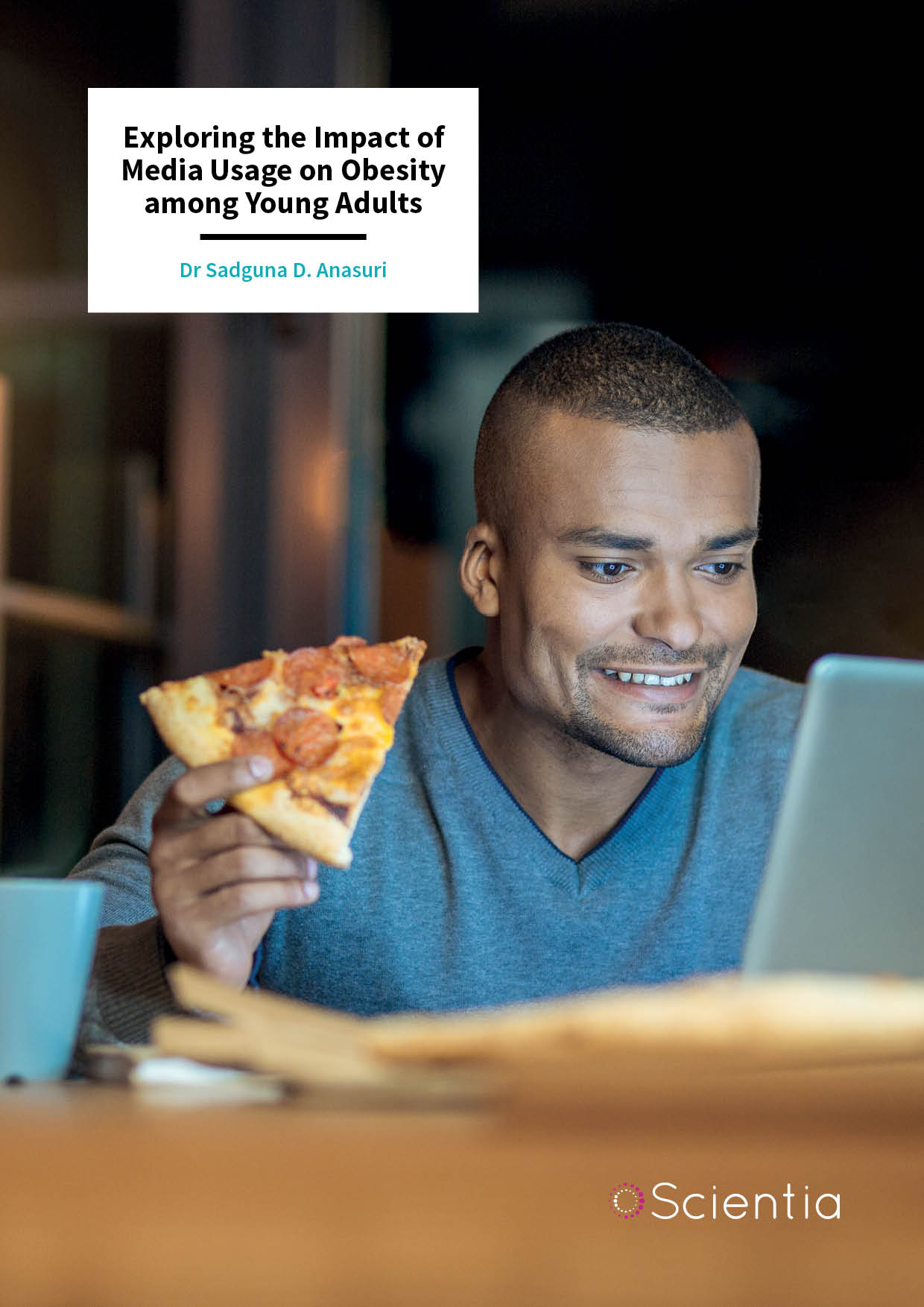
Dr Sadguna Anasuri – Exploring the Impact of Media Usage on Obesity among Young Adults
In the US, the number of children and adults with obese or excess weight has increased exponentially over the past few decades, causing concerning effects on public health. Identifying factors that may play a role in this rise is of crucial importance, as they could help in devising effective strategies that promote healthier lifestyles. With this in mind, Dr Sadguna Anasuri at Alabama A&M University has carried out research exploring the possible impact of mass media on overweight and obesity in young adults, gathering valuable insights that could inform public health policies.
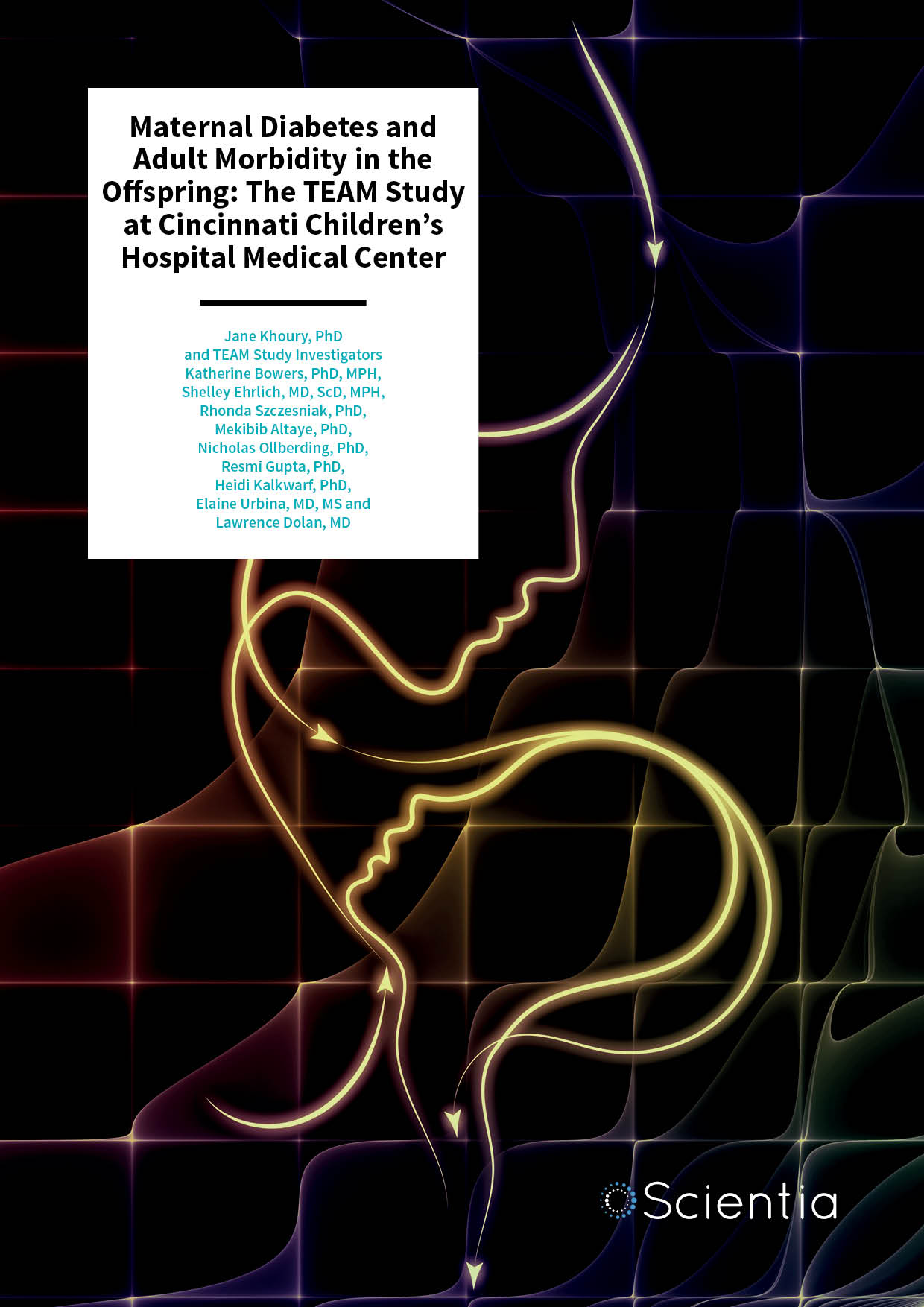
Maternal Diabetes and Adult Morbidity in the Offspring: The Team Study at Cincinnati Children’s Hospital Medical Center
While most people are aware of the health complications associated with diabetes, the impact of maternal diabetes on their children later in life is less understood. A research group at Cincinnati Children’s Hospital Medical Center (Ohio, USA) led by Dr Jane Khoury is working to change this. Their ongoing study, ‘Level and timing of diabetic hyperglycaemia in utero: The transgenerational effect on adult morbidity’ (TEAM study) is driving forward our understanding of the effects of maternal diabetes during pregnancy, to improve healthcare provision for both mothers and their children.

Children and Young People’s Mental Health Coalition
The Children and Young People’s Mental Health Coalition (CYPMHC) brings together more than 200 leading charities in the UK with the shared goal of improving the mental health and well-being of children and young people. In this exclusive interview, we speak with Oliver Glick, Policy Officer at CYPMHC, to hear about their achievements over the past decade and future plans.

Malaysian Psychological Association
The Malaysian Psychological Association was established in 1988 to promote the field of psychology in the country. In this exclusive interview, we speak with Associate Professor Dr Rozainee Khairudin, President of the Malaysian Psychological Association, to hear about their critical work in developing psychology, which during the global COVID-19 pandemic, is more important than ever.
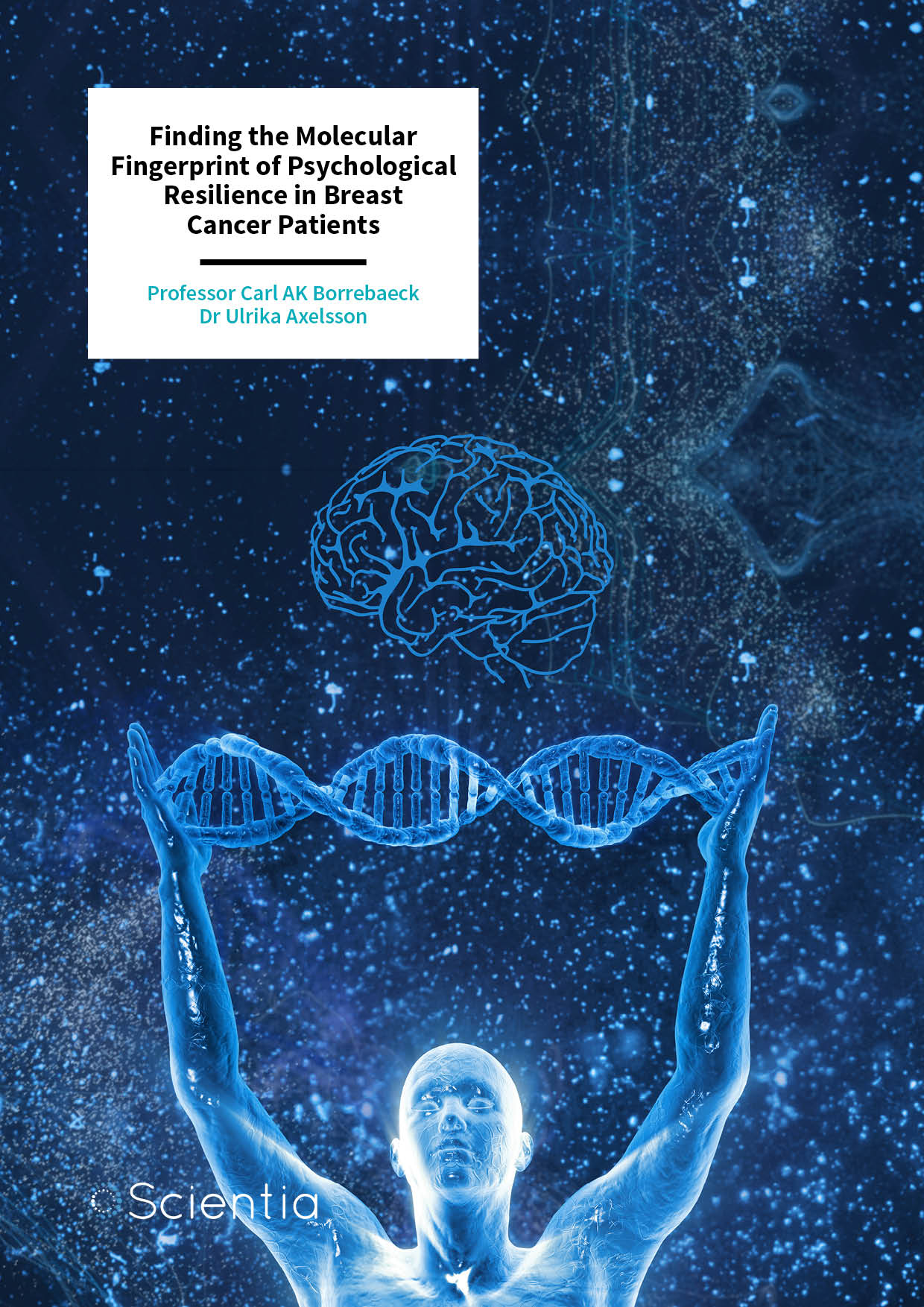
Professor Carl Borrebaeck | Dr Ulrika Axelsson – Finding the Molecular Fingerprint of Psychological Resilience in Breast Cancer Patients
Professor Carl Borrebaeck and Dr Ulrika Axelsson are Director and Deputy Director, respectively, of the CREATE Health Translational Cancer Centre, Lund University, Sweden; a venue with an outstanding record of world-class cancer research. They are leading research into the fascinating topic of whether cancer patients’ psychological resilience after their cancer diagnosis may be linked to biomolecular processes, suggesting a mind-body link between the ability to cope psychologically and its impact on cancer prognosis.
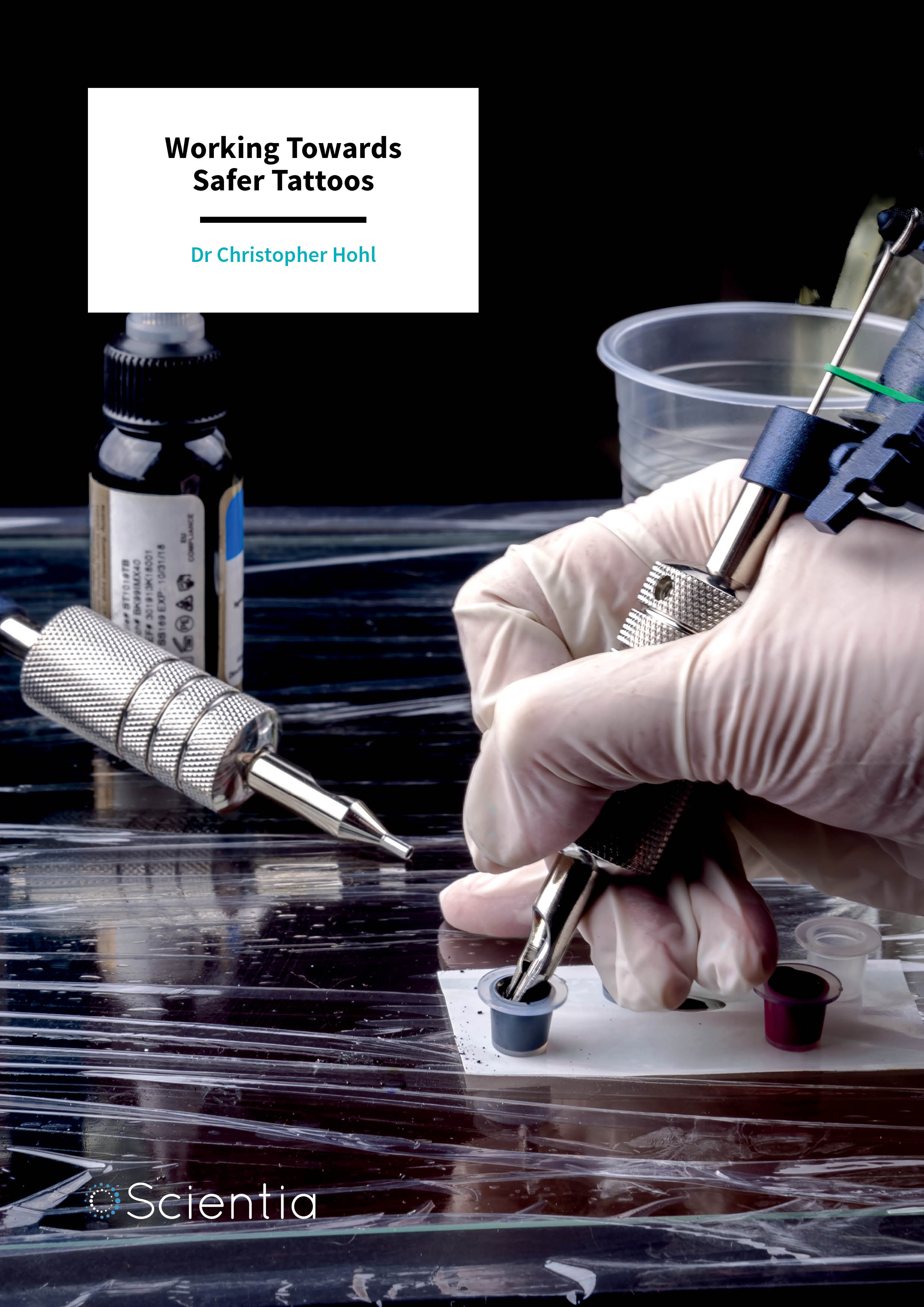
Dr Christopher Hohl – Working Towards Safer Tattoos
The potential health risks of tattooing are known. However, many of the regulations which govern the practice of tattooing are somewhat relaxed compared to other industries. Dr Christopher Hohl and the Chromatography Section at the State Laboratory Basel-City, Switzerland, work to analyse the composition of tattoo inks and investigate the effects of tattooing to provide the authorities with the evidence needed to improve tattoo safety standards.
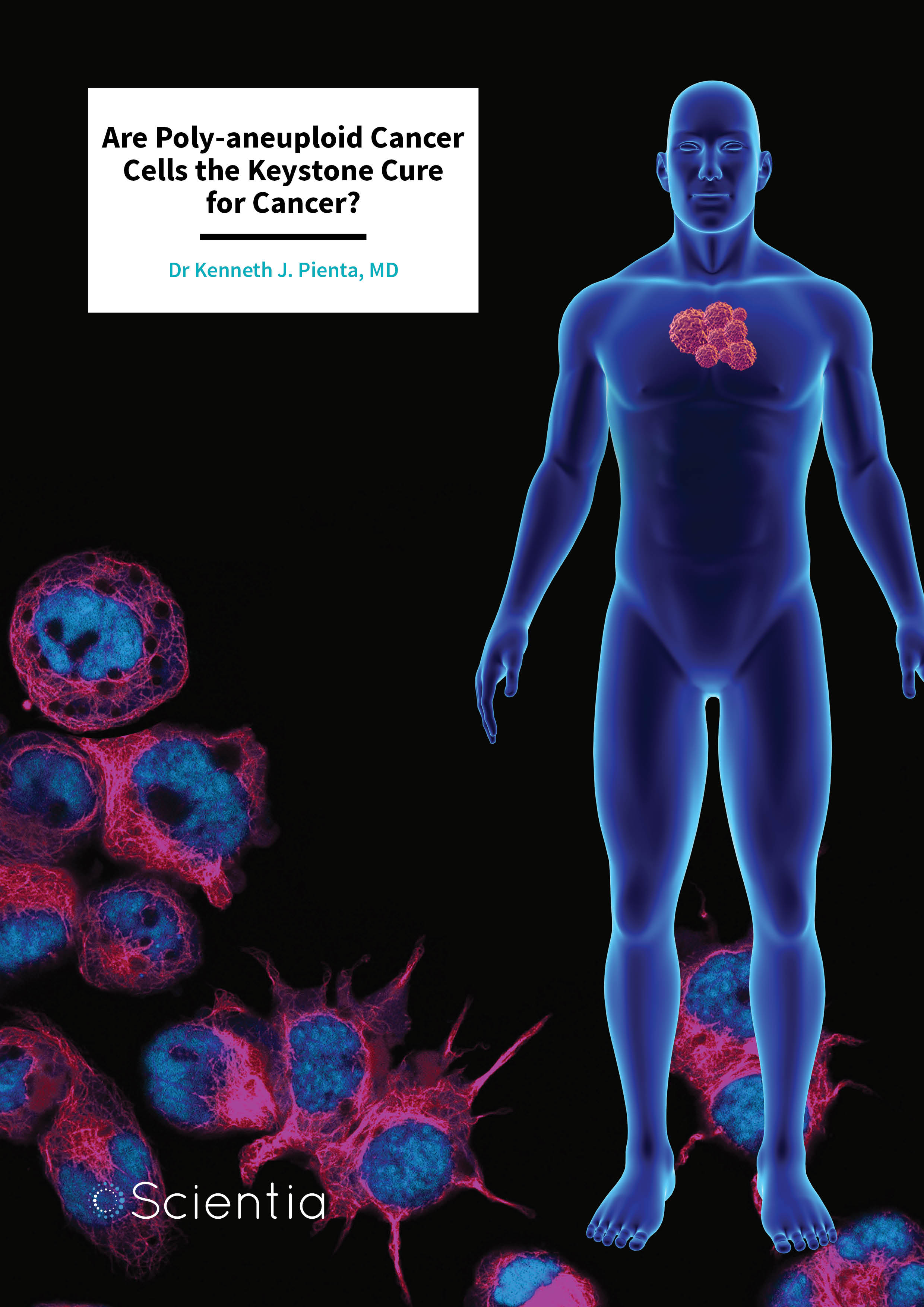
Dr Kenneth J. Pienta – Are Poly-aneuploid Cancer Cells the Keystone Cure for Cancer?
‘Our audacious idea is to cure cancer.’ Dr Kenneth Pienta at the Johns Hopkins School of Medicine, USA, speaks with genuine passion about his ground-breaking research. With his team, he has recently discovered that in every type of cancer, a special type of rare cancer cell – a polyaneuploid cancer cell (PACC) – exists and hides within the greater cancer cell population. The team hypothesises that ‘PACCs are a master mediator of therapy tolerance’ and thus, the critical treatment target. Now, in a call to arms, Dr Pienta is asking researchers and scientists across diverse disciplines to unite in developing a cure for cancer.
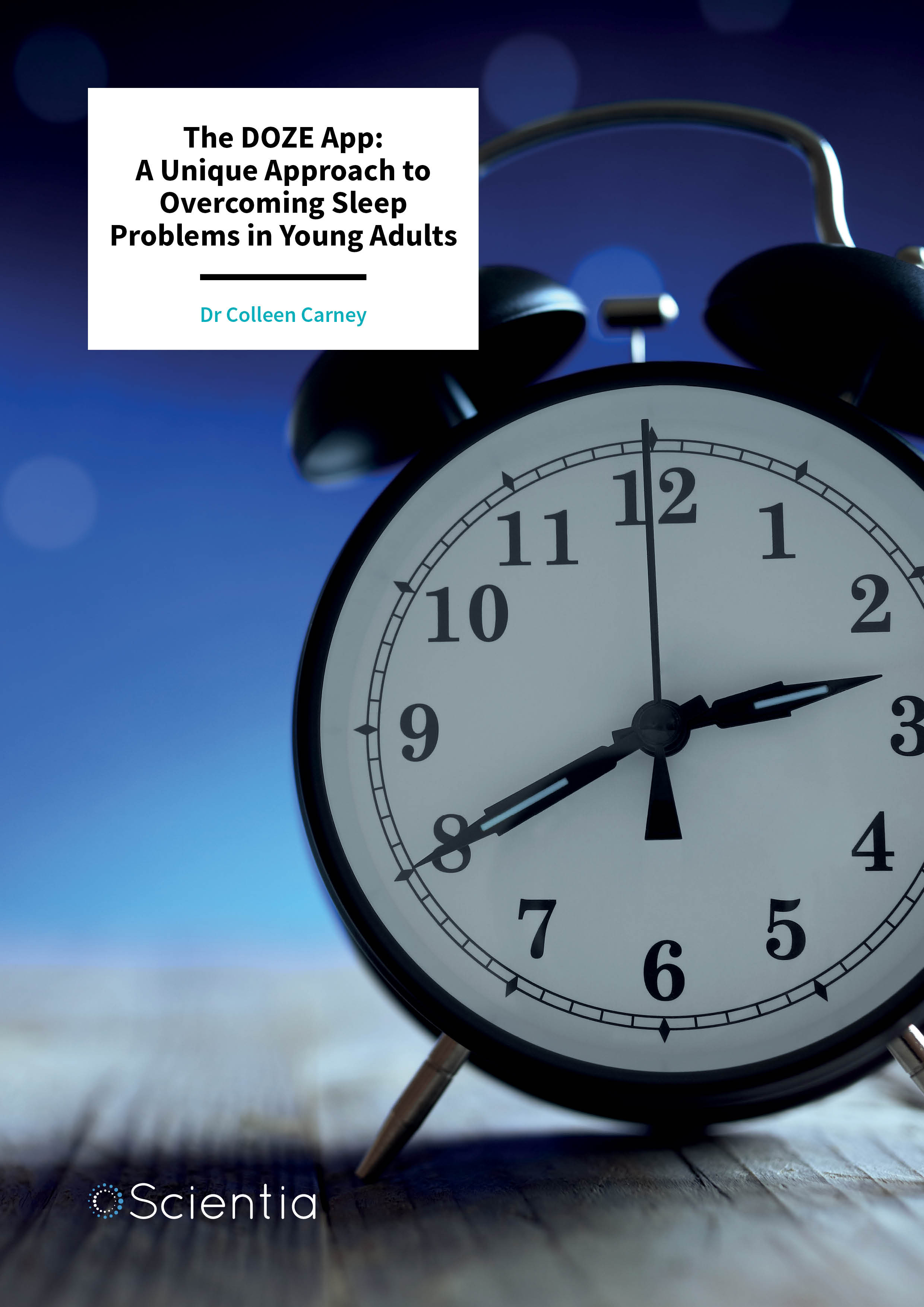
Dr Colleen Carney – The DOZE App: A Unique Approach to Overcoming Sleep Problems in Young Adults
Poor sleep is a common difficulty issue for teenagers and young adults worldwide. Unfortunately, the impact of poor sleep is substantial with clear links to mental health difficulties. Dr Colleen Carney, an Associate Professor and the Director of the Sleep and Depression Laboratory at Ryerson University, Canada, is committed to helping people sleep better. Dr Carney has recently turned her expertise to the development of an innovative app to alleviate sleep problems in teenagers and young adults.
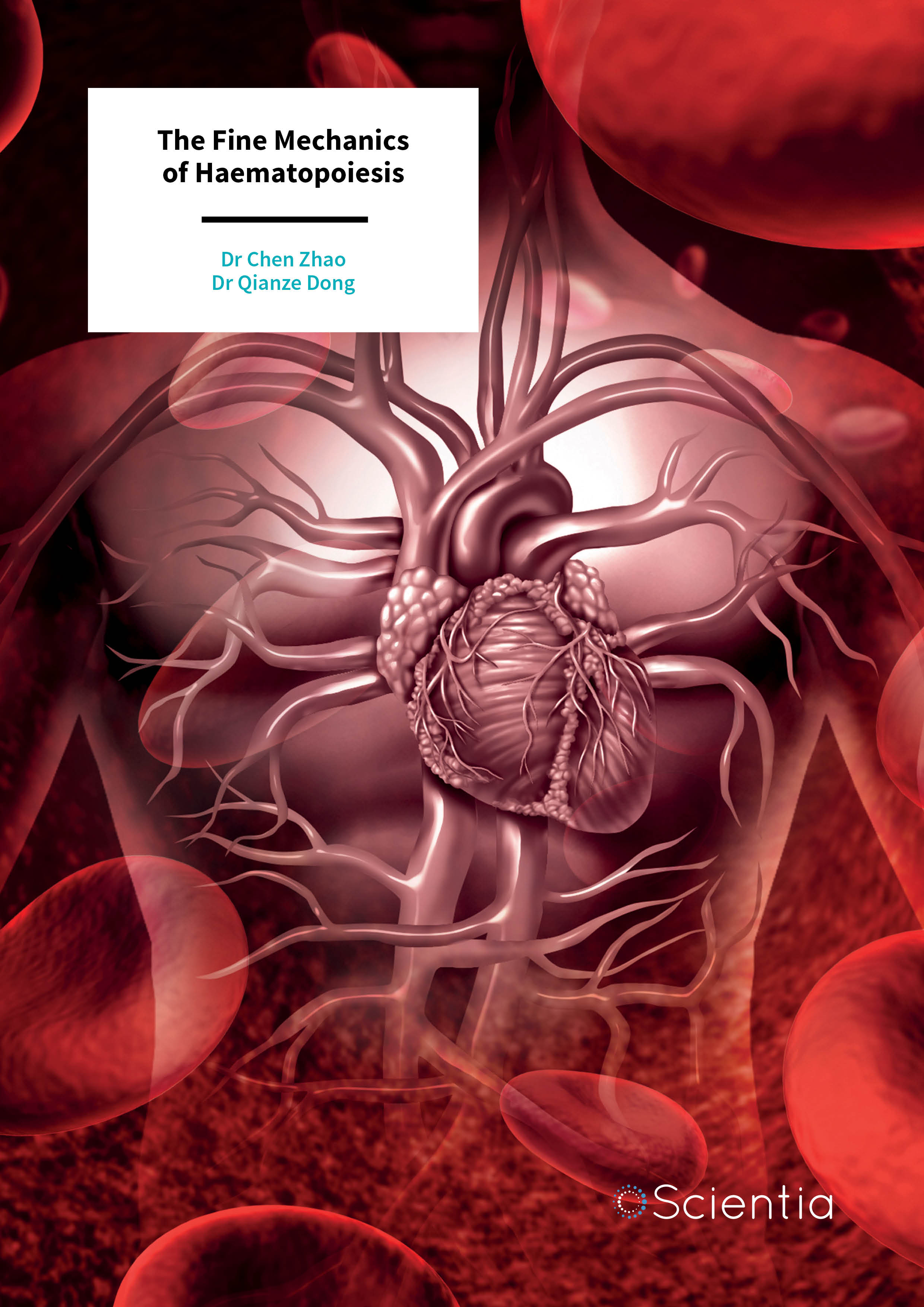
Dr Chen Zhao | Dr Qianze Dong – The Fine Mechanics of Haematopoiesis
Haematopoiesis is the process through which cellular blood components are produced. It starts during embryonic development to ensure the production of blood cells such as erythrocytes (red cells), leukocytes (white cells), and platelets and continues throughout our lives. All blood cells derive from haematopoietic stem cells located in the bone marrow and, unfortunately, blood cancers may occur during this process. Whether blood cells become inefficient or grow excessively, the outcomes are usually devastating. Dr Chen Zhao (University of Iowa) and Dr Qianze Dong (China Medical University) are exploring the cellular mechanisms of haematopoietic stem cells.
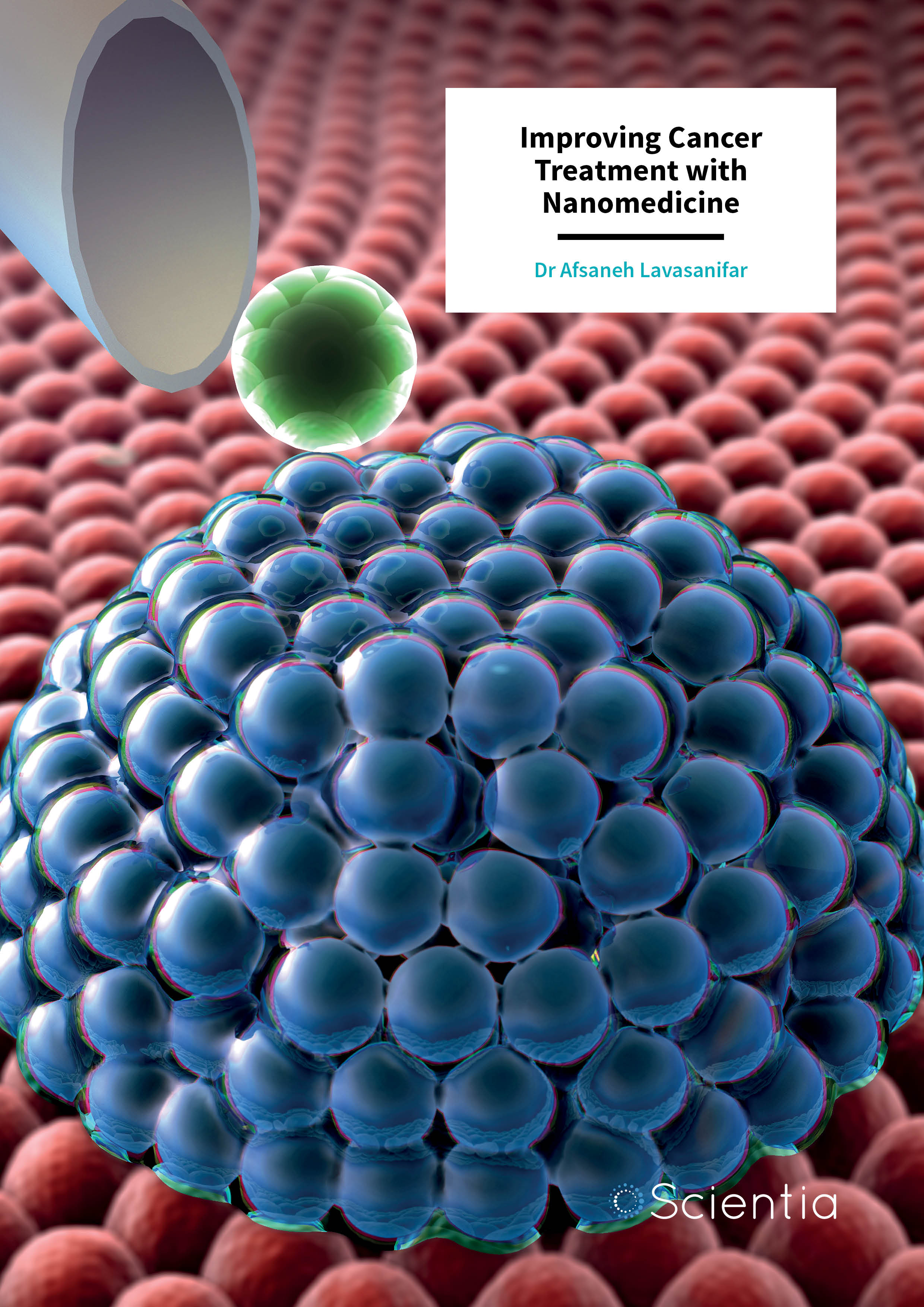
Dr Afsaneh Lavasanifar – Improving Cancer Treatment with Nanomedicine
Cancer is one of the most common causes of mortality worldwide and diagnosis rates are continually increasing. An estimated one in three women and one in two men will be diagnosed with a form of cancer at some point throughout our lives. For many cancer types, chemotherapy and radiotherapy are the chosen treatment methods, but their success rates are surprisingly limited, and both can cause serious side-effects. Dr Afsaneh Lavasanifar and her research group at the University of Alberta have set out to develop drug-delivery systems to improve the effectiveness of cancer treatment and reduce side-effects. Their research involves the targeted delivery of drug-loaded nanoparticles directly to tumour tissues.
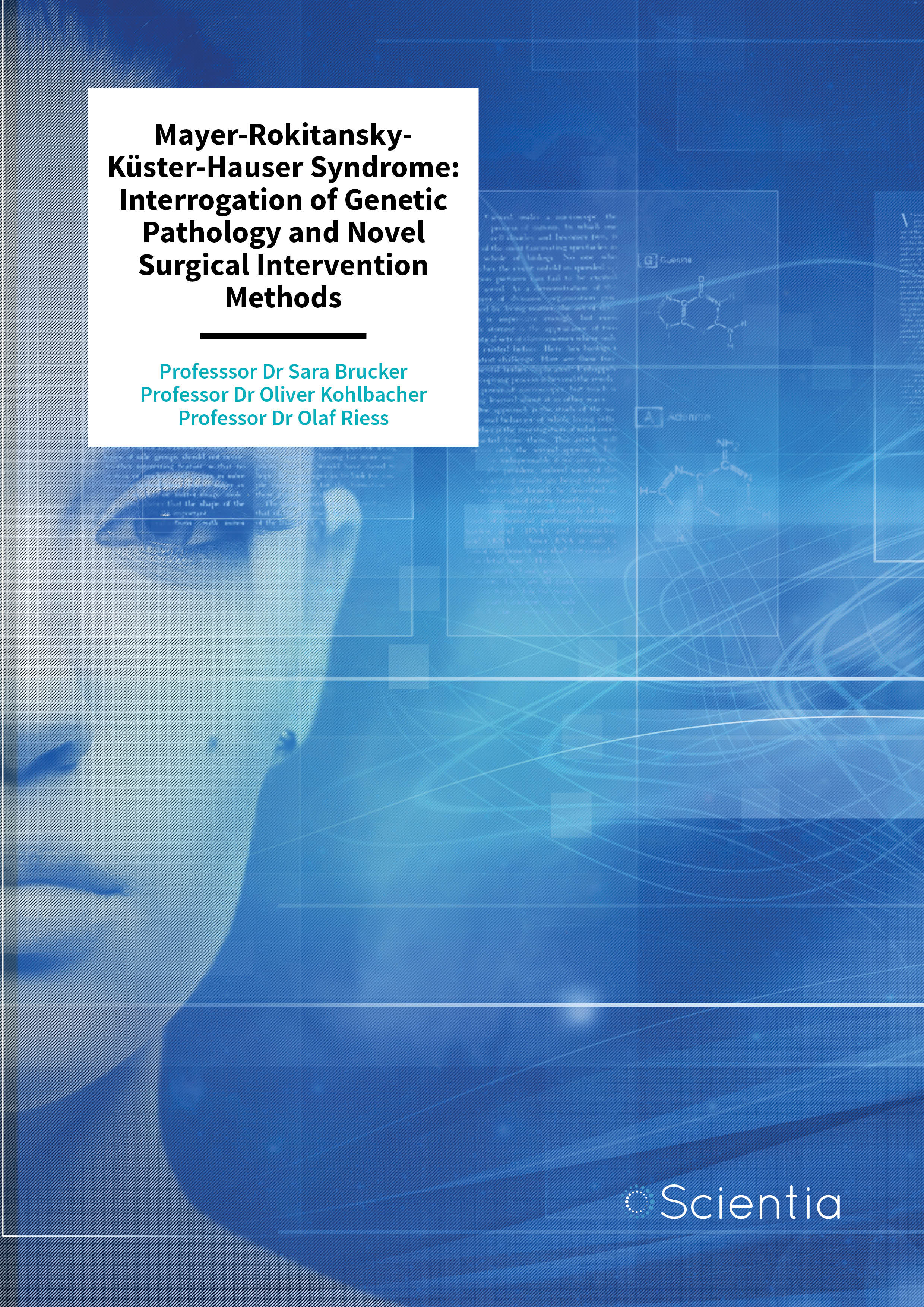
Professor Sara Brucker | Professor Olaf Riess | Professor Oliver Kohlbacher – Mayer-Rokitansky-Küster-Hauser Syndrome: Interrogation of Genetic Pathology and Novel Surgical Intervention Methods
In otherwise phenotypical normal females, that is, females with normal ovaries and regular hormone production, Type I Mayer-Rokitansky-Küster-Hauser (MRKH) syndrome results in the absence of the uterus (womb) and the upper two-thirds of the vagina. Type II MRKH syndrome presents with the same utero-vaginal malformation but also further difficulties that can include structural issues within the urological and skeletal systems. Professors Sara Brucker, Olaf Riess, and Oliver Kohlbacher from the University of Tuebingen are elucidating the molecular pathology of the disorder and have developed a surgical intervention to overcome the major life-changing aspects of this condition.
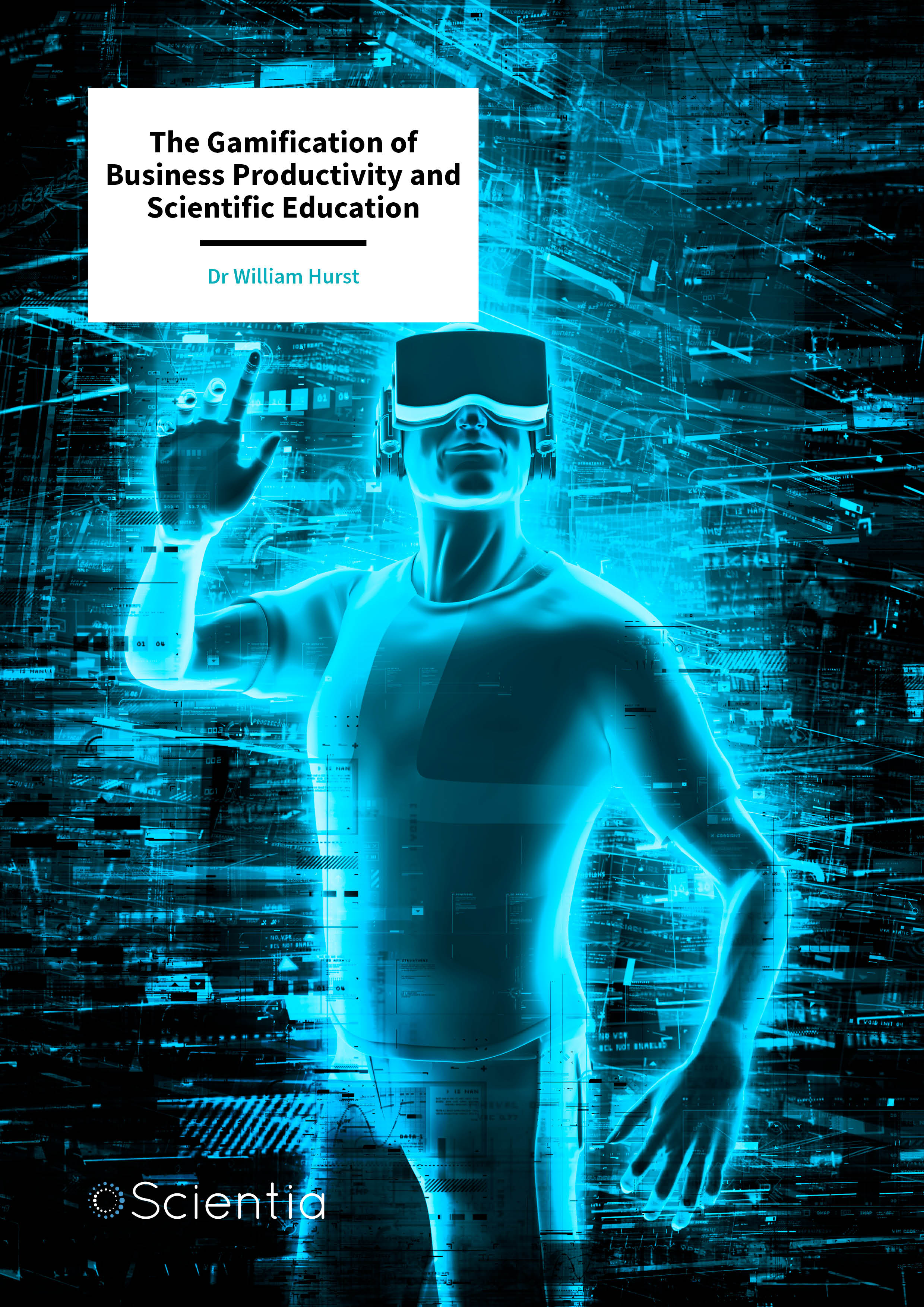
Dr William Hurst – The Gamification of Business Productivity and Scientific Education
It is undoubtable that virtual reality and augmented reality will soon be an integral part of our daily lives at home, in education, and at work. Here, we look at some of the exciting projects that Dr William Hurst of the Department of Computer Science at Liverpool John Moores University is driving forward and read how he is embracing virtual reality and augmented reality to enhance teaching and education, providing insight into how such technology may be utilised in the not too distant future.
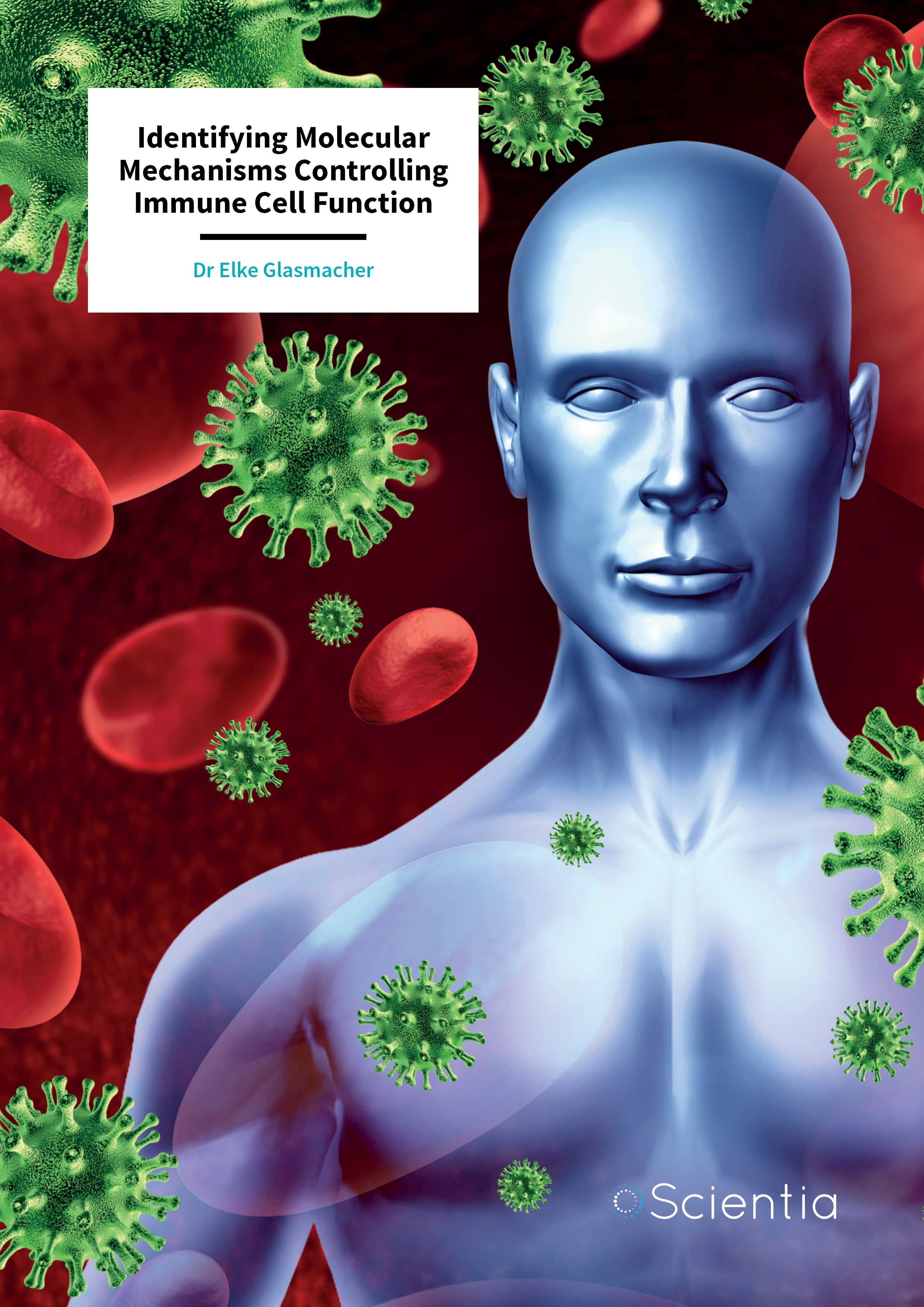
Dr Elke Glasmacher – Identifying Molecular Mechanisms Controlling Immune Cell Function
The immune response entails the rapid activation of the immune cells to ensure effective defence from pathogens through the inflammatory pathway, as well as maintain immune homeostasis through the anti-inflammatory pathway. Immune cell activation happens as the result of rapid and severe changes in the expression of the immune-response genes. These depend on regulatory mechanisms controlling the processes of transcription, translation, and modification of these genes to produce functional proteins. Dr Elke Glasmacher, Head of Immune and Cell Biology at Roche, researches the important molecular mechanisms underlying how cells are activated or repressed.
